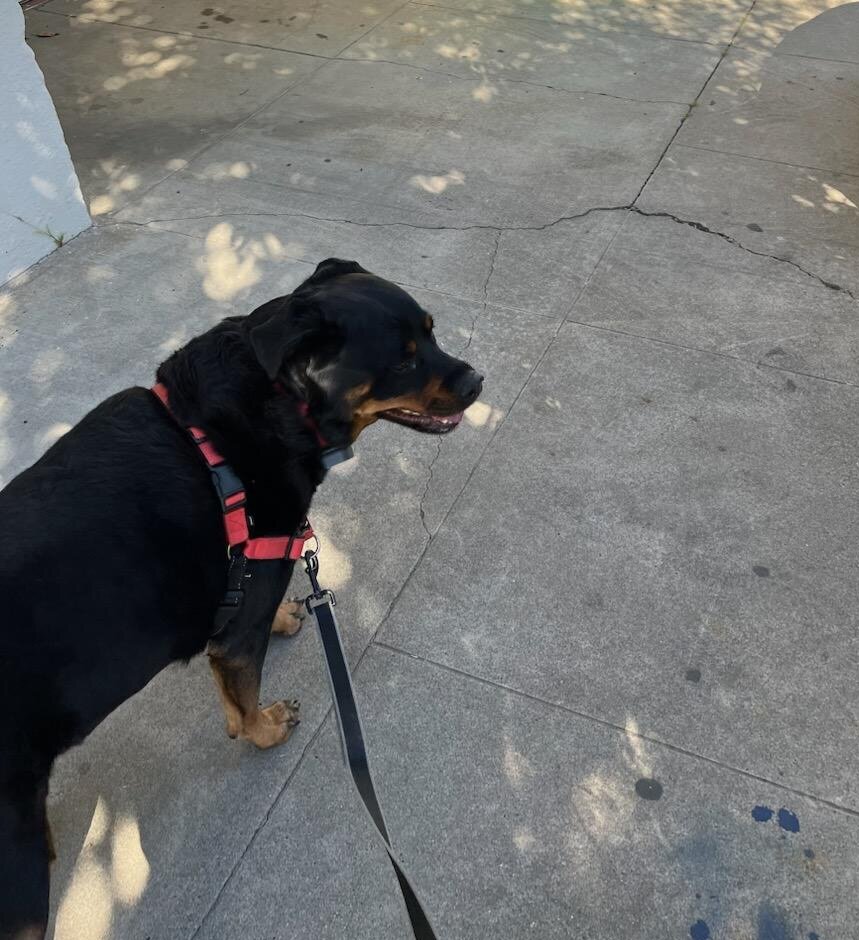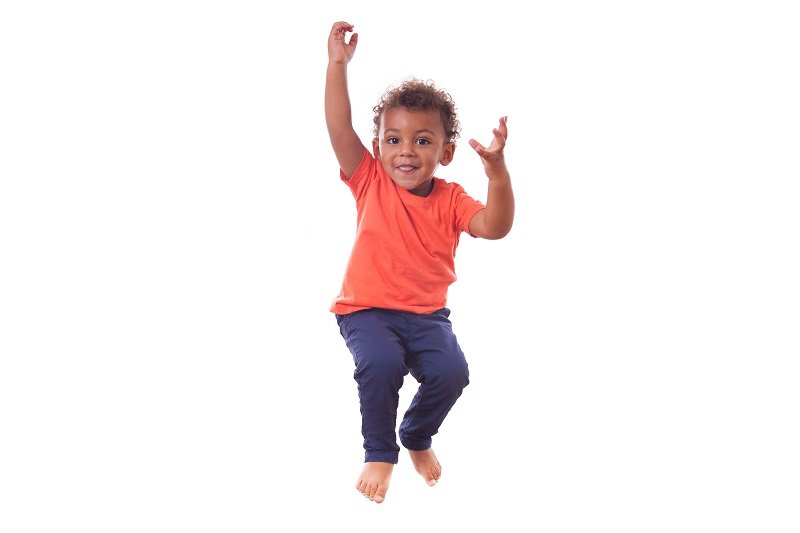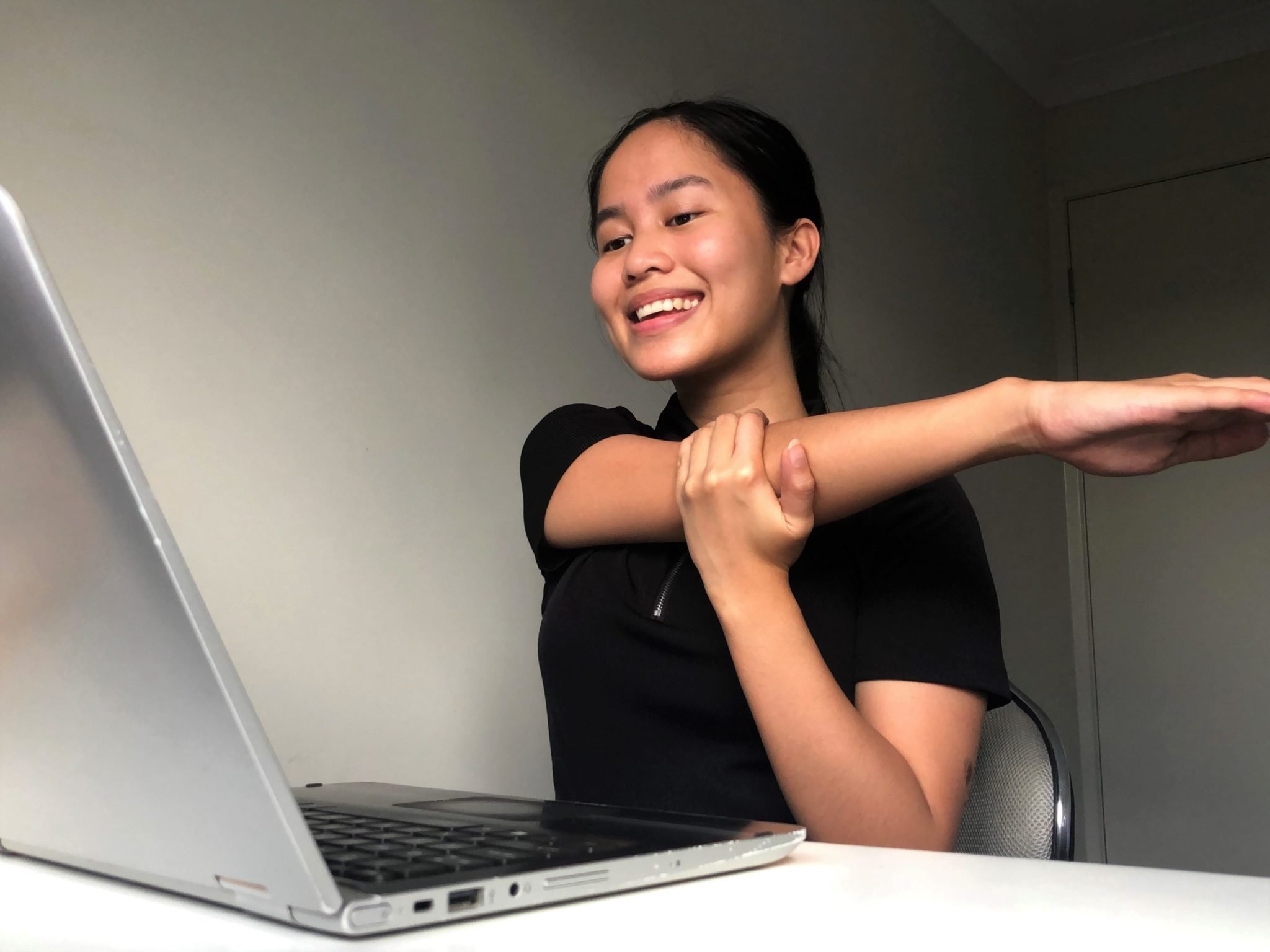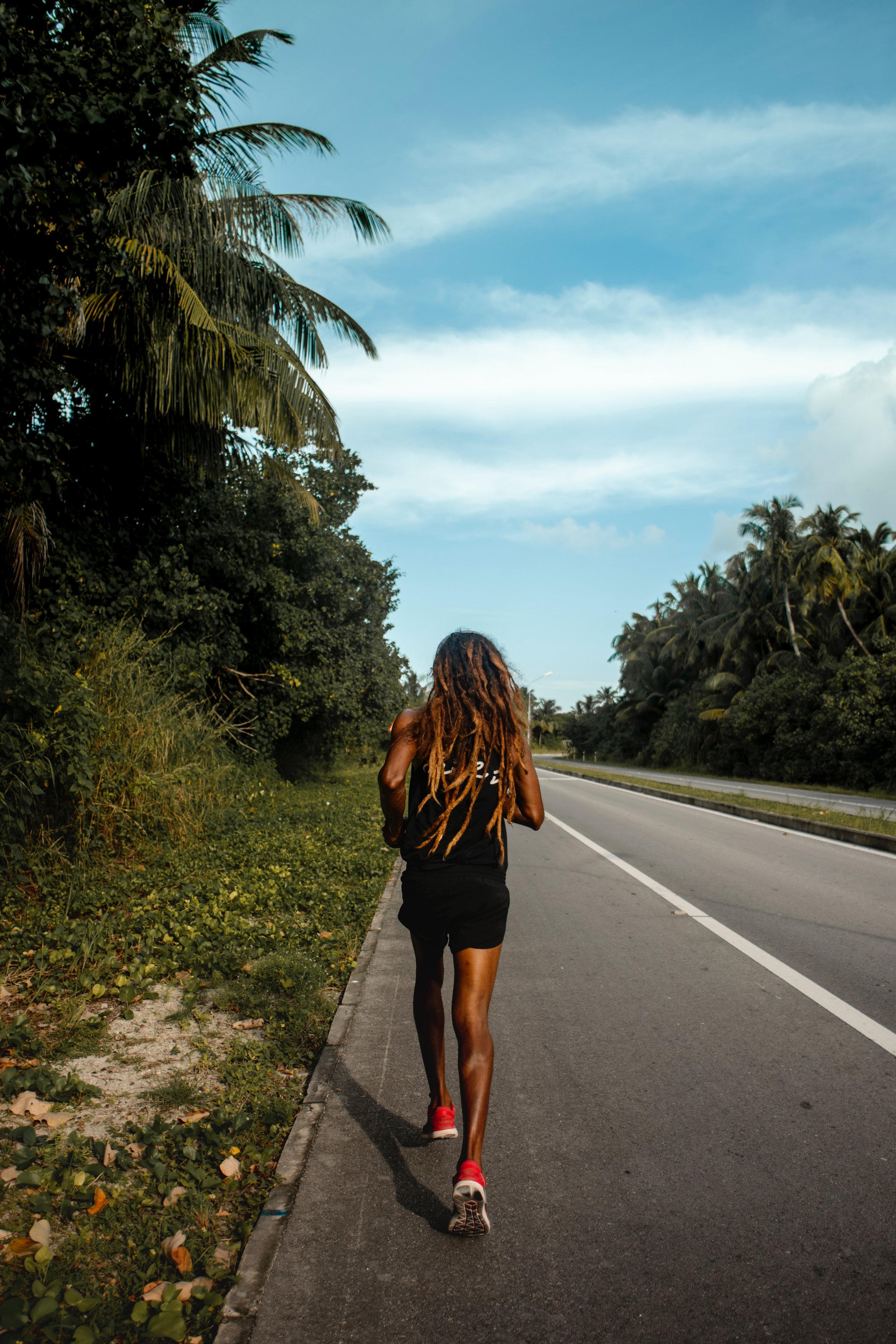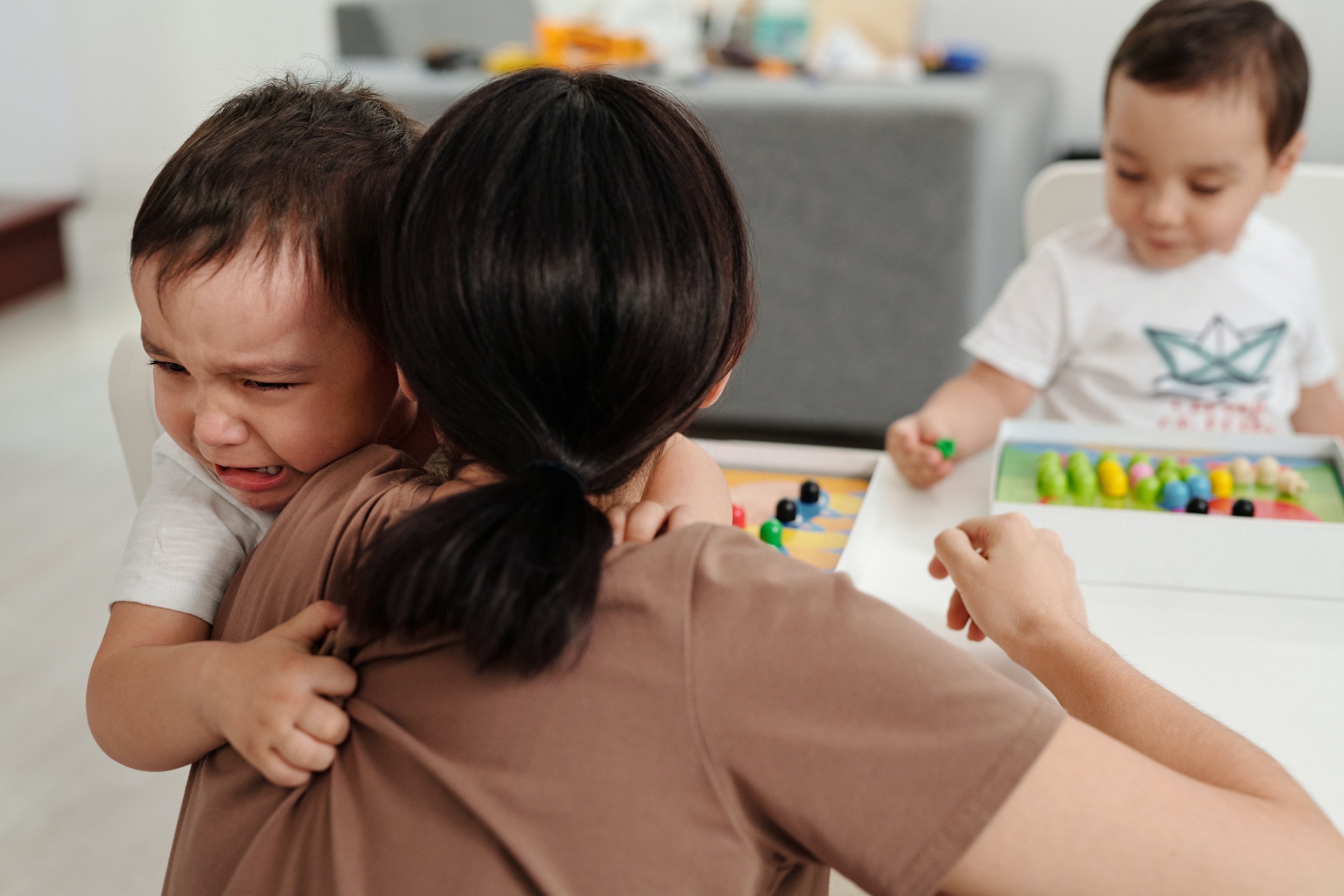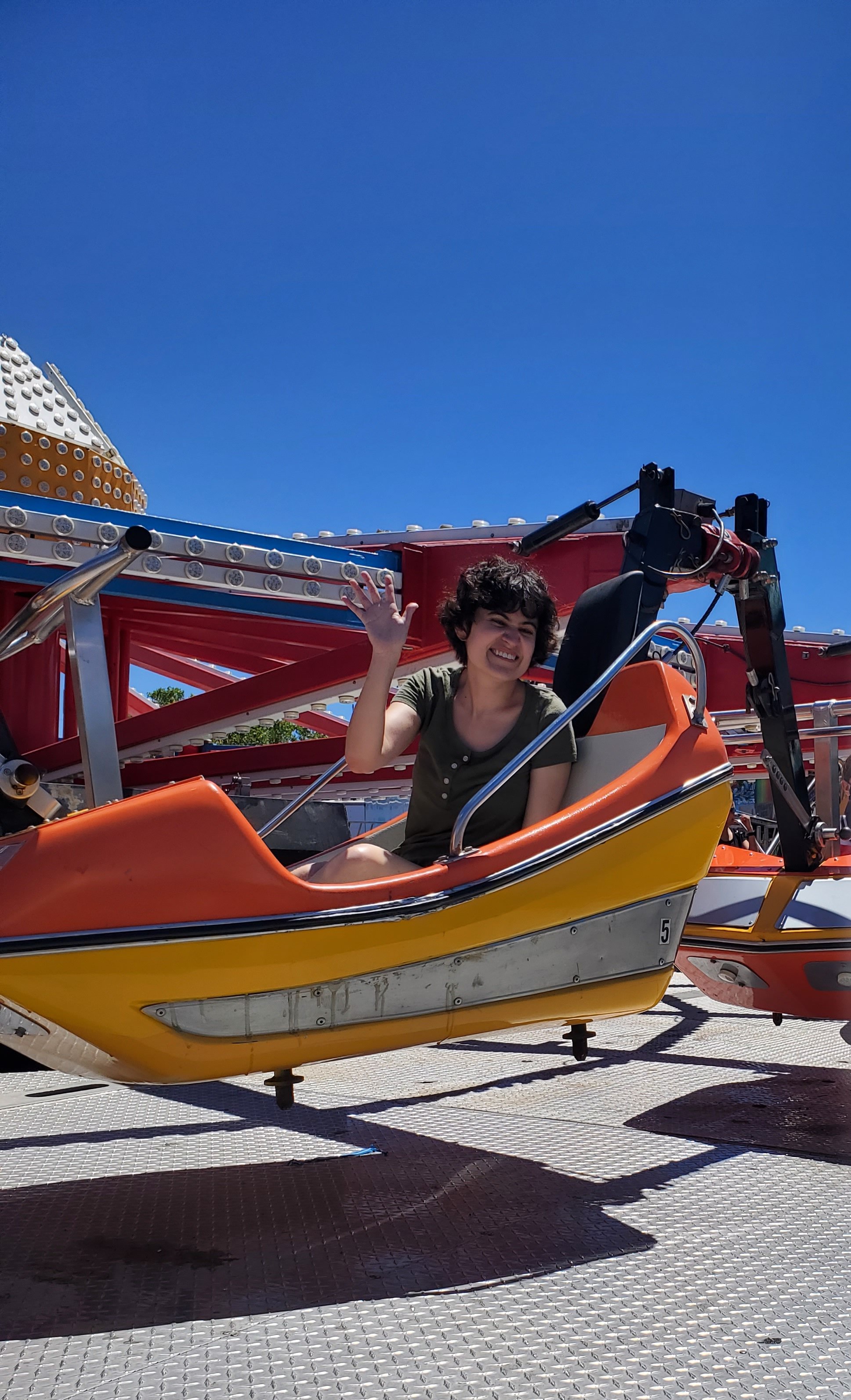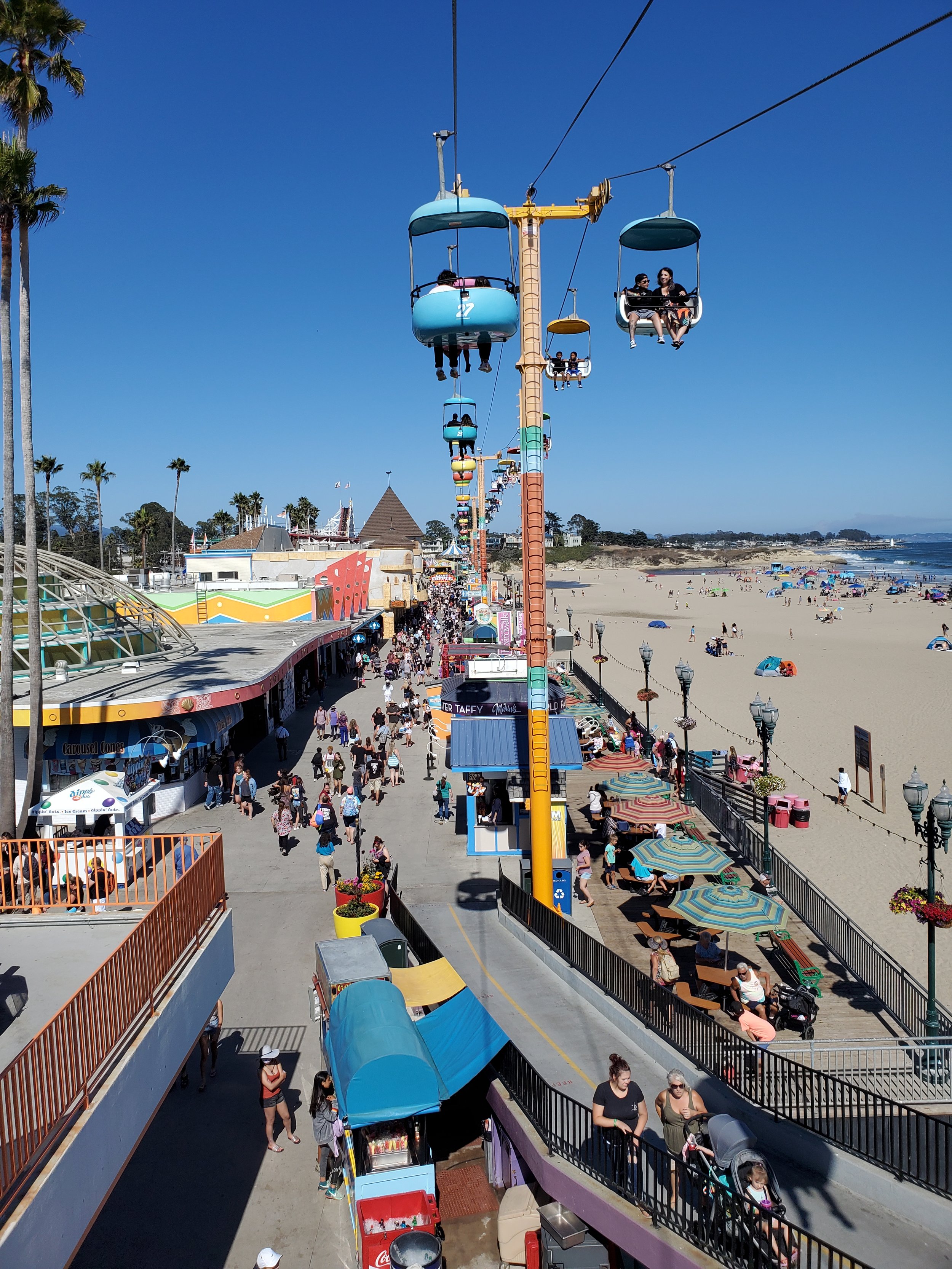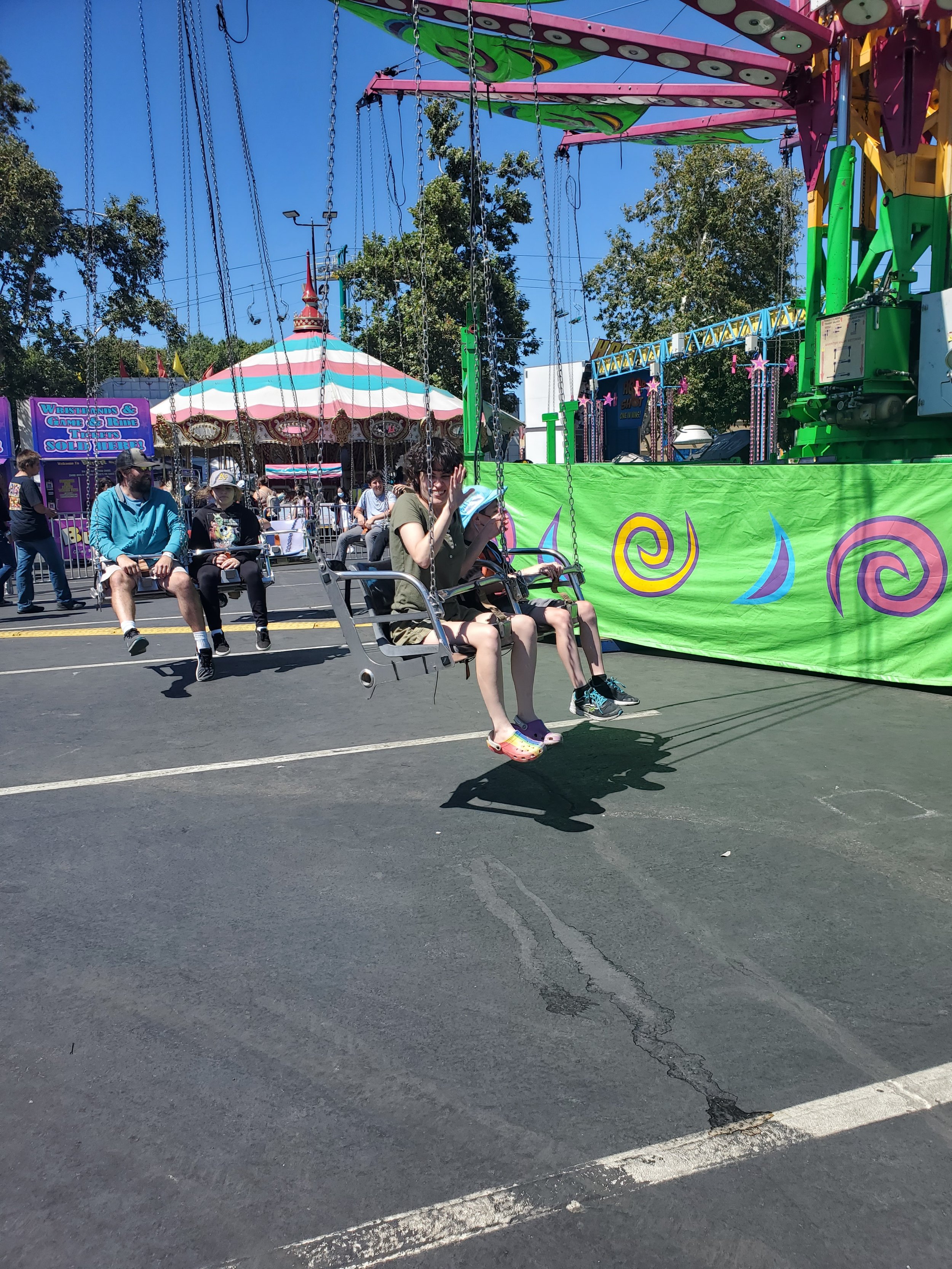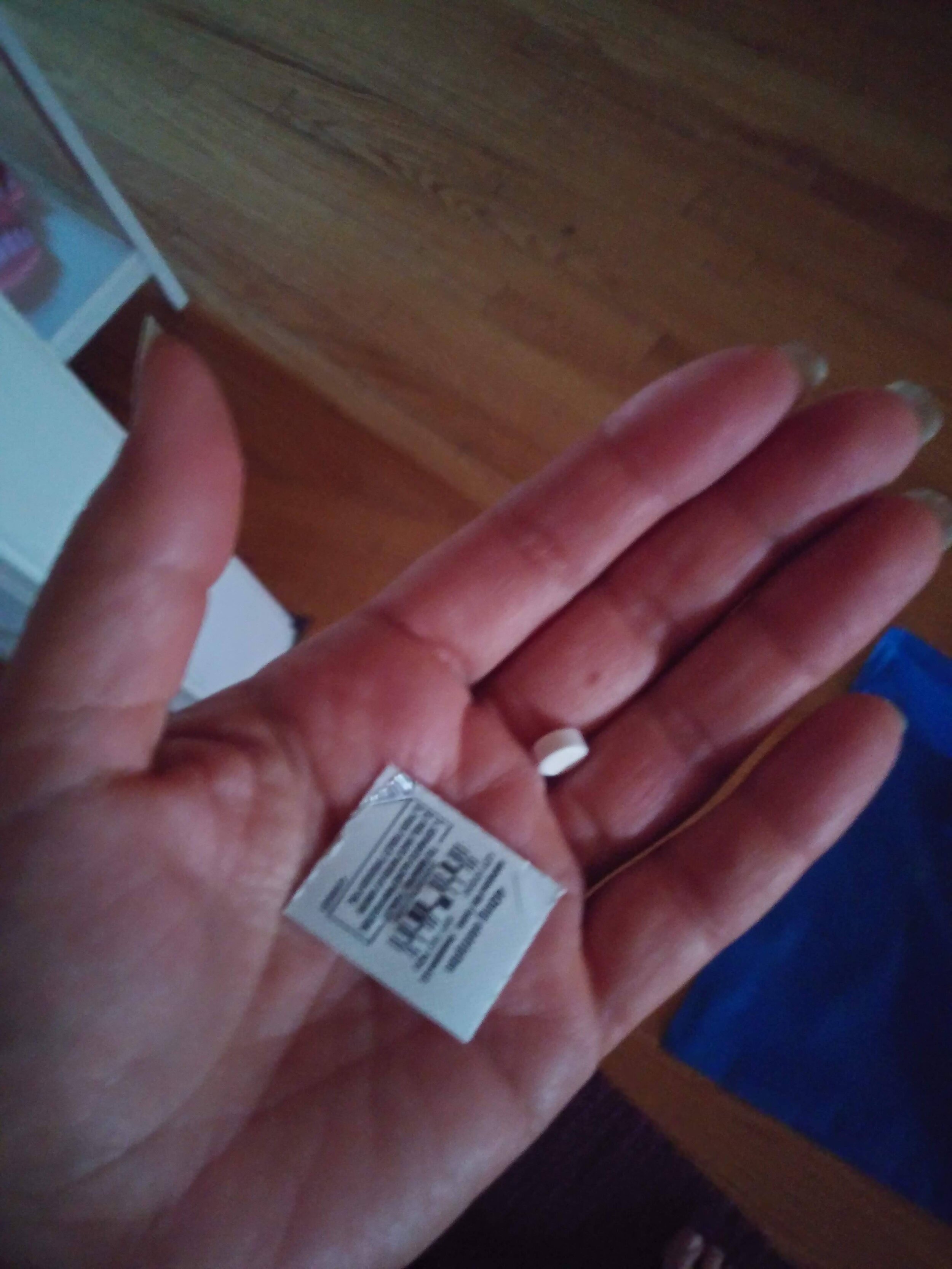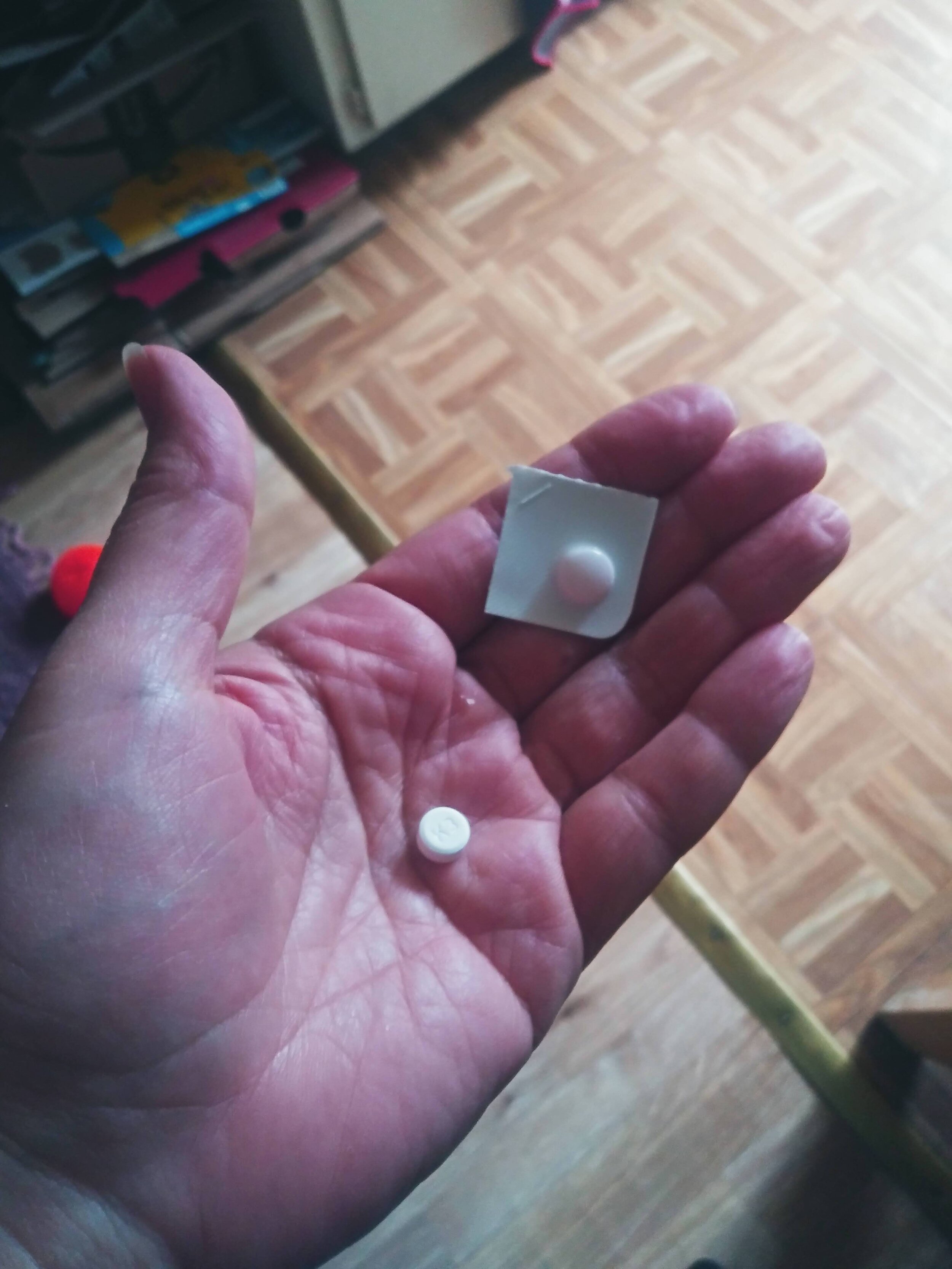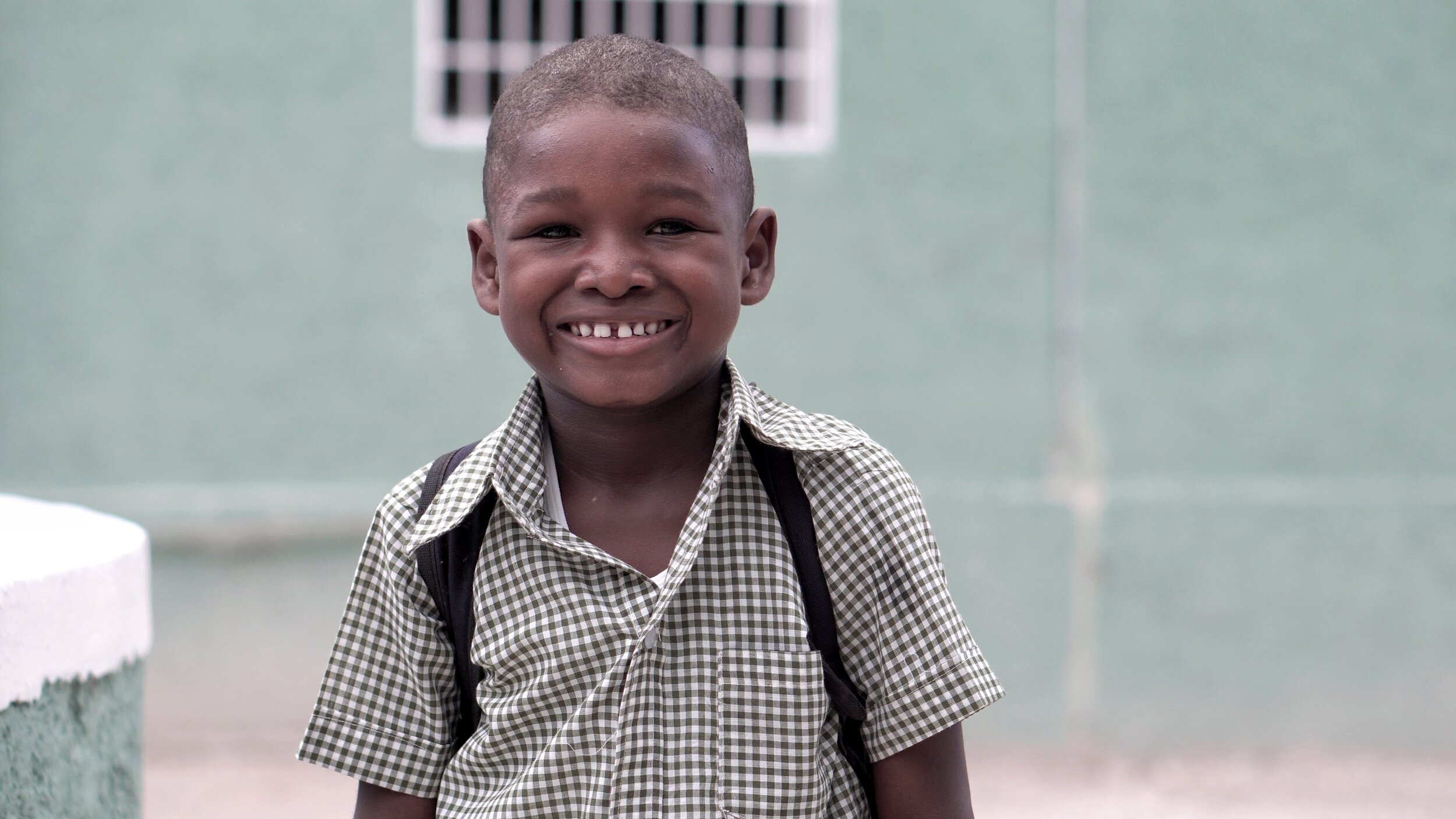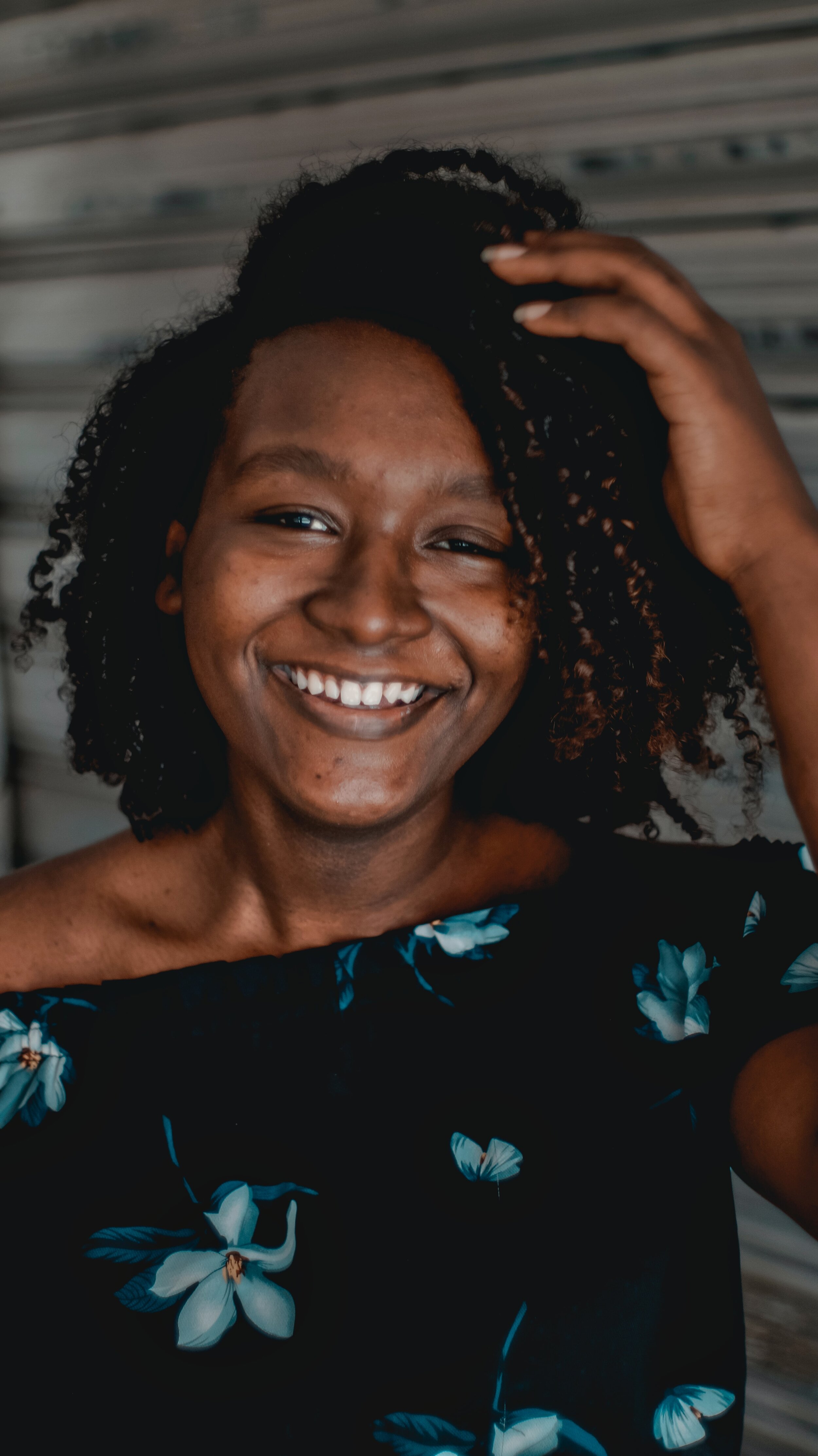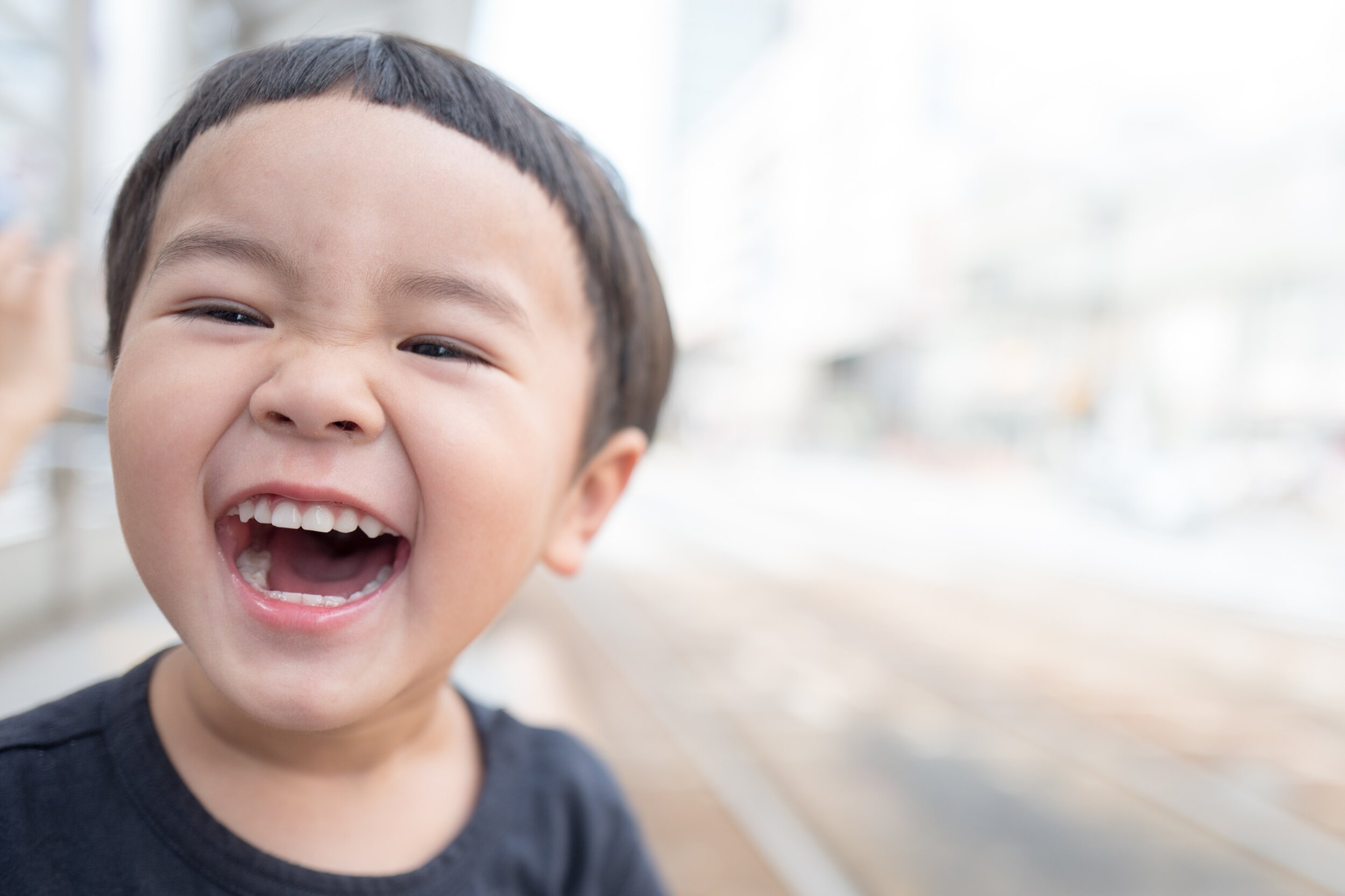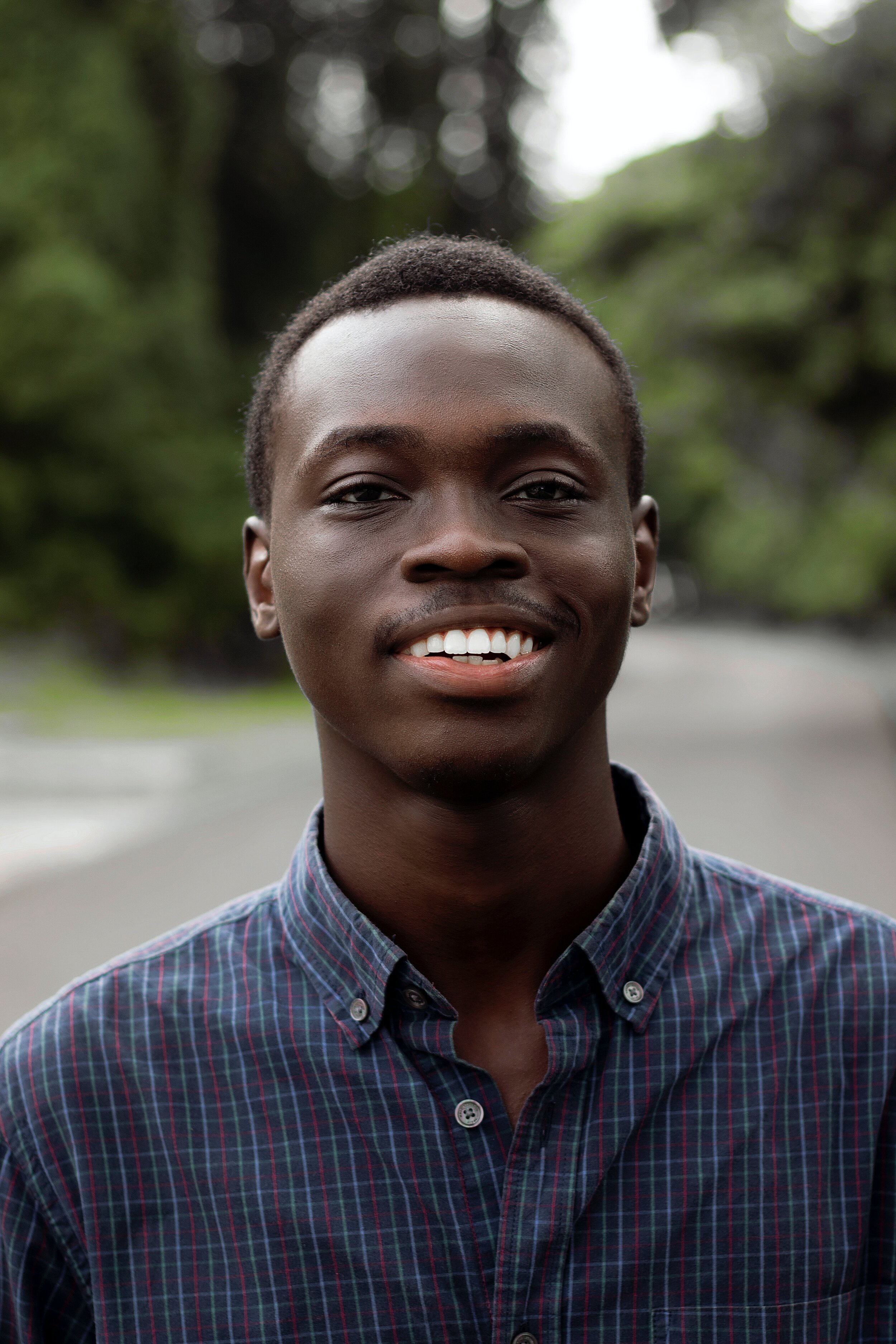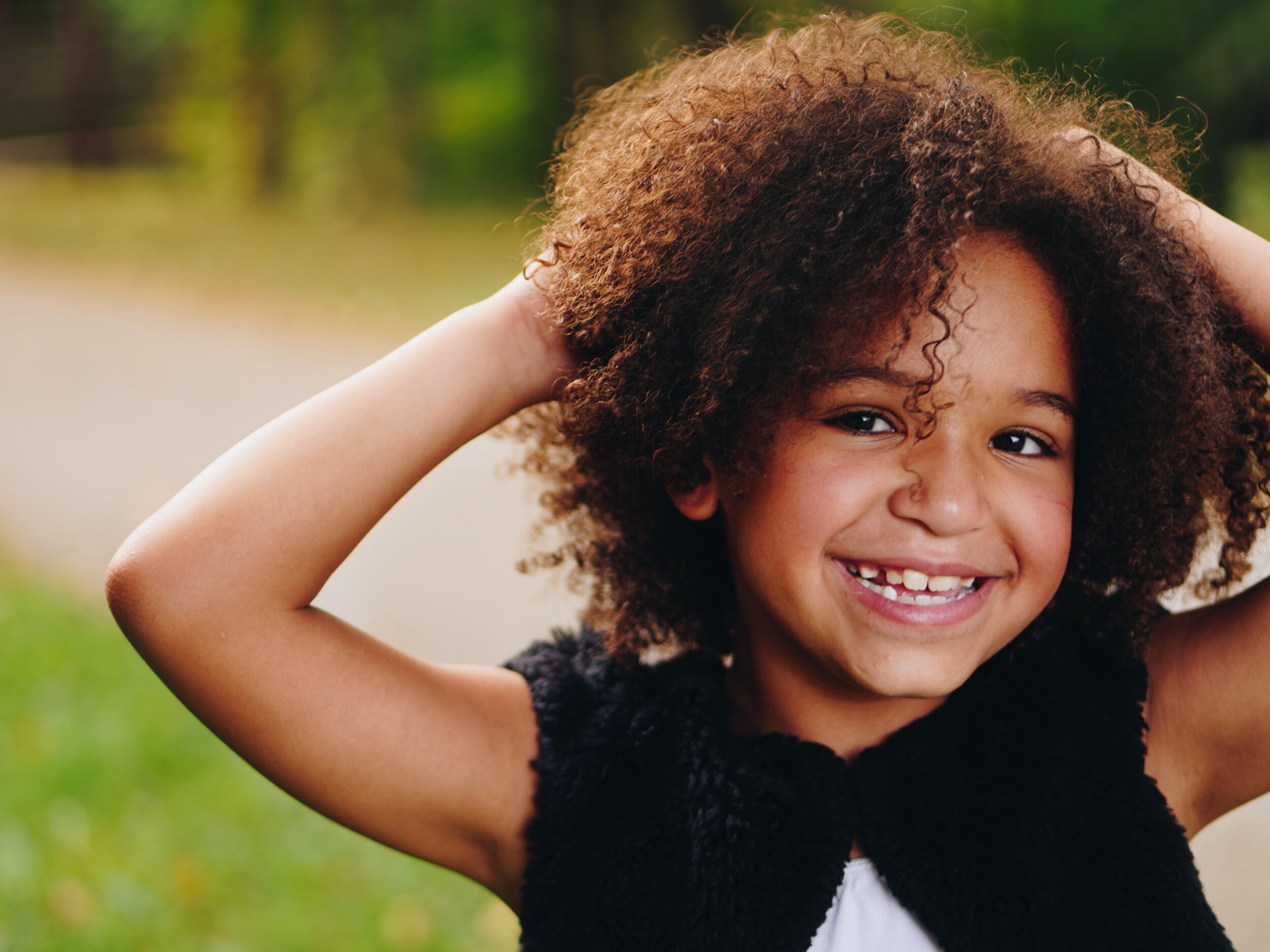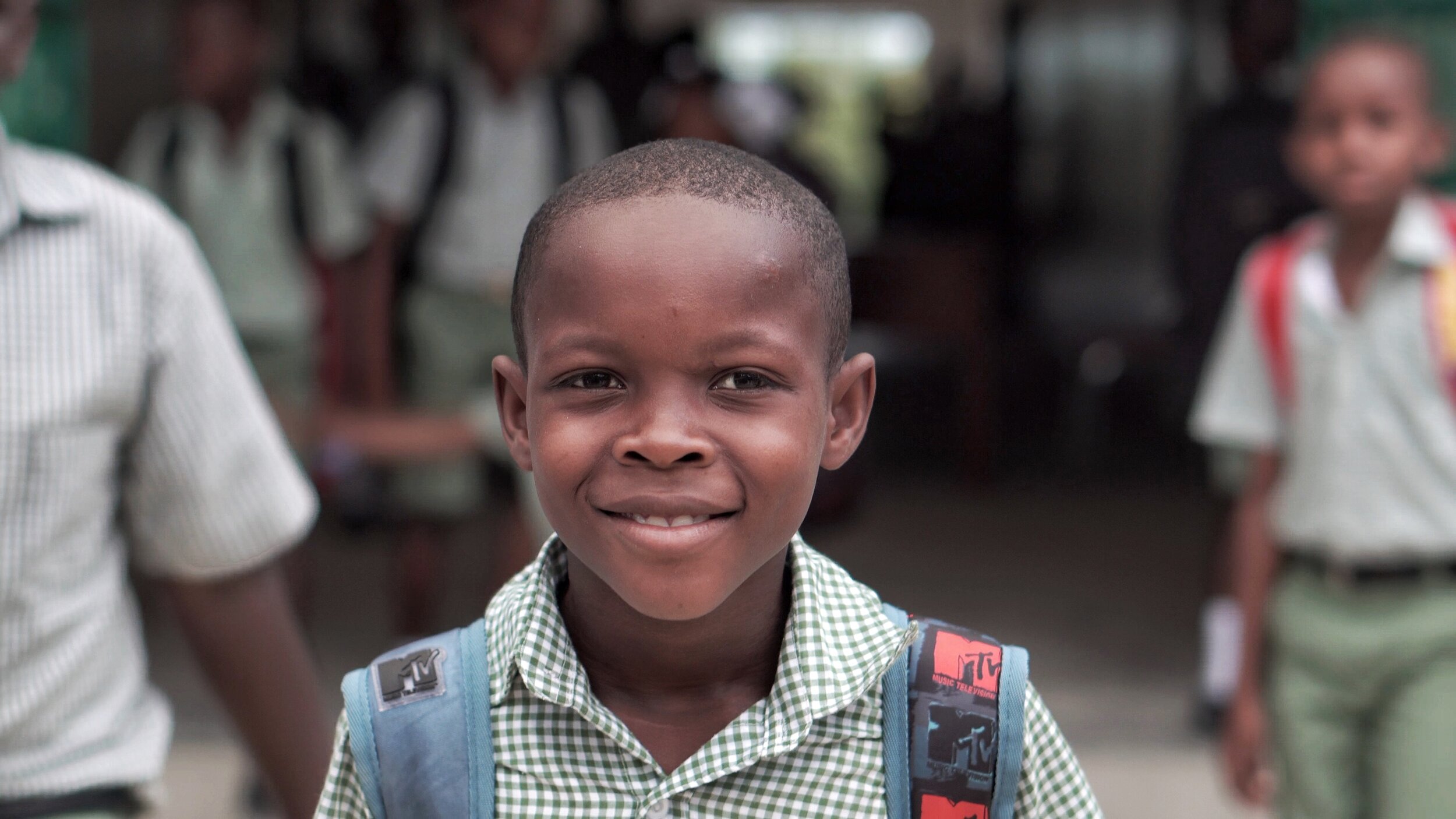
BLOG POSTS
Tiny Dose of Hope
Lately I find myself sitting with a feeling of absolute disbelief with a side of despair. I haven’t posted much about what’s going on in the world because I feel like I don’t always understand what’s happening, but I do regularly repost videos and posts on insta from sources I trust. These are folks who have done their research, and I appreciate their work so much. Having an explanation can give a place to work from – a way to identify where we might have agency. And a sense of agency is important.
Image shows the wall of a shop covered in brightly colored shirts from the market in Totonicapan.
Lately I find myself sitting with a feeling of absolute disbelief with a side of despair. I haven’t posted much about what’s going on in the world because I feel like I don’t always understand what’s happening, but I do regularly repost videos and posts on insta from sources I trust. These are folks who have done their research, and I appreciate their work so much. Having an explanation can give us a place to work from – a way to identify where we might have agency. And a sense of agency is important. When we fall (or are pushed) into the feeling that nothing we do will make a difference, we are immobilized. For individuals, feeling like we don’t have voice or choice increases anxiety and/or depression. It decreases creativity and motivation. It can keep us from trying new things, from food to ideas. It adds a sense of hopelessness – of being stuck. There are people with more power than you or I that like nothing better than when people feel stuck and without recourse.
This week I heard about the 48 Counties in Titonicapan that gather together monthly to decide what best for the people in that region, and it gave me a sense of hope. That organizing does work. That what we do can make a difference.
I’m always interested in what gives other people hope. Let us know in the comments!
If you are interested in following other folks: @ykreborn @lynaevanee @resmaamenakem @blairimani @ibramxk @wkamaubell @sogoreatelandtrust @asianmentalhealthcollective @prentishemphill @missxtinab
\
Safety First
I was recently teased by some neighbors for walking Maite (the Rottweiler) with my treat pouch front and center. There were some mildly macho statements that their dogs “better just listen” and “behave.” There are plenty of reasons for this thought process/understanding about dogs which I won’t get into here. Suffice it to say, they kind of think I’m weak because they see me “rewarding/bribing” Maite.
I was recently teased by some neighbors for walking Maite (the Rottweiler) with my treat pouch front and center. There were some mildly macho statements that their dogs “better just listen” and “behave.” There are plenty of reasons for this thought process/understanding about dogs which I won’t get into here. Suffice it to say, they kind of think I’m weak because they see me “rewarding/bribing” Maite.
The thing is, the food isn’t actually much of a bribe. If Maite is fully activated (in a state of fight/flight/freeze), even if I put the food right in her mouth, it would just fall out.
The image shows Maite (the Rottweiler) out on a walk in her harness. She’s sitting and smiling up with her mouth open.
It is true that when we first started walking together, I did frequently use treats as a lure. I would put it right in front of her nose and try to lead her away from areas I thought might be problematic. This would NOT work if she had already seen the problematic thing/person in question. It was my job to be on the lookout and help her to avoid things that might trigger her. If we successfully managed to avoid the trigger, then I might give extra treats as a reward for her attention on me.
Treat giving also gives me information about what state Maite is in. If she doesn’t take it at all, she’s too agitated to keep going. If she takes it a little too fast, I know she’s getting overwhelmed.
Image shows a pile of bone shaped dog treats.
After 5 years of walking together, the treat situation is a little bit different. Now if I offer a treat and lead her off the sidewalk, or around a car, or ask her to sit suddenly, she KNOWS that there is something in the area that I am avoiding. I can see it in her behavior, she will perk up her ears, or sniff the air expectantly. If I’ve been quick enough (meaning the trigger is far enough away), she’ll accept the treat.
These days the treats are part of an agreement we have, part of a conversation. She does not “behave” for the treat. She expects me to keep her safe (going around “scary” things/people, getting between her and “scary” things, avoiding some areas altogether). If I can do that successfully, she will be in a relaxed enough state to take the treat from my hand gently.
Why am I telling you all of this? Because we saw a family in a chaotic moment on our walk today and it got me to thinking about the way adults often look at therapy for children. It seems like educators and parents want therapists to tell them what are the right tricks (treats) that will “make” children behave, and then once we find them ask, “when can we stop using them?”
The image shows a Dinosaur Reward Chart, with line drawings of stars ready to be filled in. There are 2 green dinos on the page which have blue stripes on a white background.
As it turns out, there is no secret treat (bribe/skill/strategy) that will move a child (or an adult) from an activated (fight/flight/freeze/fawn) state to a calm state. Only other regulated people can do that. Children need to feel safe before they can be calm. They are depending on adults to keep them safe and if not, to get them to safety as quickly as possible. Breathing techniques and affirmations and sticker charts (skills/strategies/bribes) will NOT work if children don’t feel safe.
The fact is, everyone has skills and strategies they use every day. Children and adults. It’s just that skills and strategies become habits and once they are a habit, we generally stop thinking about them consciously. They are not gone, they've just become part of who we are, how we behave. What are your favorite skills and/or strategies?
Images for some of the strategies in our house: first image shows a black child jumping (for grounding and self-regulation), the second shows an Asian woman stretching at a desk (for release and more self-regulation), the third image shows keys hanging from hooks (as in, put your things in a place that you can find them later and feel less frantic), and the fourth image shows a black person running (for grounding, space from screens, more self-regulation), from behind, on a road flanked by trees. The runner has long locs.
The banner image shows home-baked dog treats shaped like bones.
Criticism for...Safety?
I’ve been doing trauma-informed work for nearly two decades. Asking “what has happened to you” (instead of “what’s wrong with you?”) is something like second nature to me. I have annoyed partners, friends and family members for years by coming up with alternate reasons for why people around them have behaved the way they have.
I’ve been doing trauma-informed work for nearly two decades. Asking “what has happened to you” (instead of “what’s wrong with you?”) is something like second nature to me. I have annoyed partners, friends and family members for years by coming up with alternate reasons for why people around them have behaved the way they have.
Image shows the back end of cars in traffic, brake lights on.
Some examples:
That tailgater who’s annoying my partner? Maybe he’s rushing to the hospital where his wife is giving birth!
That annoying colleague at work who never stops talking? Maybe he’s lonely and doesn’t really know how to make friends.
That know-it-all friend who lectures everyone? Maybe she’s feeling like she doesn’t have much control in her life and this is her way to show that she knows things.
That boss who never responds to your emails? Maybe they are really swamped with their other duties and just didn’t have a chance to get back to you.
See how that could get annoying?
For me, it’s the other side that is tough. Like, when people say things like, “He’s a terrible driver!” or “She talks all the time. She never does any real work!” or “Why does she have to act like she knows everything?” I am doing the work in my head, coming up with alternative explanations – even when it won’t affect me either way.
Image shows an old fashioned dial phone, black and off the hook, with a long cord.
Recently I was on the phone with my mother. She told me about an encounter where she volunteers, then about an encounter with her friends at lunch, then about a person that goes to her church and I started to feel really…tired.
Because when she is feeling stressed and making a lot of judgmental statements, it’s a ton of effort for me. If I say what I’m thinking out loud, it comes across like I’m defending someone (maybe that I don’t even know). If I don’t say it out loud, it’s still in there and now I’m trying to suppress it.
I’ve had so much practice with it, I don’t even do it on purpose, these ideas just pop into my head. Instead, I sometimes have trouble understanding why other people don’t do it. Sometimes I get critical, even. Why are people so judgmental?
Then I read this article Where did all this judgment come from? Why are we such harsh critics? by Robyn Brickel, M.A., LMFT on the PACEs Connection website and I had an aha moment. I highly encourage you to read the whole thing! But look at this little part:
““Whether internal or external, judgment or criticism usually comes from the same place: hypervigilance.
...
Judgment and criticism are essentially your brain and body constantly assessing everything for safety — and if you had a history of childhood trauma (big T or little T!) — then this mechanism was absolutely necessary back then to keep you safe.””
Yes! That make so much sense to me. My mother – whom I love– is often critical. And sometimes I get so annoyed by it, but when I think of it in terms of hypervigilance, well my mother has plenty of reason to be hypervigilant.
Another part that really stuck with me:
““The mind thinks if we are constantly judging — noticing all of the faults, then we can do something and keep ourselves and others safe.
If I judge myself, I can protect myself from what others may say or think.
If I judge you, I can control things (our relationship)
and keep myself separate and safe.””
Judgement as an attempt at control – I never thought of it that way before. My mother’s life has lots of moments where she has no control at all about what is going to happen. She’s an immigrant to the US with little formal education and an accent. She lives in the South. She is often on the downside of power there. Her judgment of herself, her friends, and me, are maybe attempts to keep us all safe. Aha!
Like I said, read the article. It even has some skills and strategies for being less judgmental. Hopefully I can hang on to them the next time I’m talking with my mother. Let me know if you had any aha moments in the comments.
Header image shows a woman with short dark hair making a skeptical look with one finger raised in (maybe?) criticism. From engin-akyurt on unsplash.
Who's hustling? Why? What else is there?
Egg rolls take time, and I haven’t made them in years. As I made them, I thought about how I begged my mother to make them pretty much any time someone said, “What will we have for dinner?” Mostly my mother said, “Not today” which makes perfect sense to my adult self. Today if I am going to make them, I need a nice clear schedule, with nothing else happening afterwards.
Recently I found myself with only one client hour on a Saturday – a rarity for me. Of course, I still went to my office and spent too much time looking at email and all of that*, but it felt different, more relaxed. After I was done, I went home and felt relaxed enough to make Korean egg rolls (with my own modifications).
Image shows my red pot with zucchini, carrots, peppers and garlic, ready to go into egg rolls
Image shows a bowl with chop chae noodles, bean sprouts and fake meat ready to mix
Egg rolls take time, and I haven’t made them in years. As I made them, I thought about how I begged my mother to make them pretty much any time someone said, “What will we have for dinner?” Mostly my mother said, “Not today” which makes perfect sense to my adult self. Today if I am going to make them, I need a nice clear schedule, with nothing else happening afterwards. Besides eating them.
I feel similarly about writing – it takes time, and I need a fair bit of space in my day before I will even start that creative process. Which reminded me about my commitment to moving from “hustle to flow” as Shawn Ginwright suggests in The Four Pivots. What he said about hustling and how it drives many of us forward fit me and my life perfectly. And I liked his thoughts on flow, on how to find ease in our lives, how we can work with what we have rather than trying to push and try to make everything fit somehow.
But even as I was (re)dedicating myself to finding my flow, I thought about what a privilege it is to be in a place where I can think about finding flow. I left home at 17, and I have hustled hard* almost all the years since then. That hustle feels like it’s in my bones, like if I have too much down time, I get antsy.
Image shows my egg rolls in rice paper wrappers, ready for the next step, frying.
It’s not an accident or poor decisions that got me to this point, much as the world would like me to believe it. This world is full of so much push – it comes from patriarchy, productivity culture, ableism – and for many of us if we didn’t hustle, we wouldn’t make it (and I don’t mean that like, “succeed in life,” I mean that like, “survive”). I still work multiple jobs*, trying to make sure that if the bottom falls out, I will land in one piece.
Image shows a close up of a bitten egg roll, veggies all sticking out of the top. Behind the egg roll is Maite the Rottweiler, hoping for a bite.
I don’t have any easy answers for us hustlers. I don’t know how to create flow in a packed schedule. I don’t have tips or strategies. I can’t even write this piece without praising my own hustle.
How is this all related to egg rolls? Egg rolls need time to create, and because I switched to rice paper I had to seriously slow down (rice paper is NOT in a hurry). And I wouldn’t have made them (or written this little post) if I hadn’t had a little extra space. Time to enjoy my creations!
* see how even in the beginning I’m trying to prove that I’m still hustling?
* more evidence of my hustling
* yes, hustling
Image shows a stack of fried egg rolls, 8 of them. They are kind of see through because of the rice paper wrappers, so the green zucchini and the orange carrot and the yellow bean sprouts are visible. It is also the banner image.
What good are feelings?
Emotions are not some kind of cosmic error. They exist for our benefit. Emotions tell us (sometimes before our brains get there) to move away or towards people, situations, and ideas. They are a kind of compass for our lives. But only when we allow them to be so. Curious about how that works?
On social media the other day, there was a post from a new parent friend of mine about why people insist on telling children not to cry, or to stop crying, or even to calm down. There were a lot of comments, and I think most folx got that telling kids (or anyone, really) "don't cry" is not particularly helpful.
If you aren't sure, I invite you to do a little thought exercise with me. Imagine you are right in the middle of your favorite rant. You are telling this person just how important this issue is, when all of a sudden, they say, "Calm down." Even if they say it calmly, chances are good that you will feel anything but calm.
Image shows a wall with Calm Down written in script with an arrow pointing down underneath. The words are back lit.
Besides possibly intensifying their emotions, telling children to stop crying isn't particularly effective, at least not at first. If you do it often enough, and with enough intensity, children will learn, in fact, to hold in their tears. Or to hide them. But is this what we really want for children? Are we hoping to shut down their emotions?
I've also witnessed grown-ups saying things like, "I see that you are mad/sad/upset" when they see children crying. I think it's in part about identifying feelings for children- and it often seems to backfire. And I worry sometimes that we are rushing children into their heads too quickly.
Emotions are not some kind of cosmic error. They exist for our benefit. Emotions tell us (sometimes before our brains get there) to move away or towards people, situations, and ideas. When we are having an emotion, the most important thing is the emotion itself. They are a kind of compass for our lives. But only when we allow them to be so. Curious about how that works?
First, when children are crying, we as adults can allow them to feel that emotion (vs asking them to stop crying or trying to soothe them or cheering them up). We can sit quietly, maybe make observations, "I see you crying" or "This seems hard." If we saw what we think caused the distress, we could ask, "Is this about falling down?" But mostly it works best if we can just be with children, witness their tears, and offer our support, "I'll stay with you."
Image shows the same people from the banner photo, this time the female caregiver is holding the crying child. The other child continues to play/work with their toys.
When they start to feel better, we can offer space to talk - but not require it. Allowing them a safe place to talk about what happened makes it possible for them to start to understand where their feelings come from and how to share those feelings with others. Over time, children learn that feelings are okay to have - and even better - that their feelings give them important information about themselves and the world.
What are your emotions telling you these days?
Banner photo: Image shows three light brown people with dark hair, two toddlers and a grown up who appears female (you can only see the side of their face). The two children each have a peg board game in front of them. The child on the left is crying, while the other is looking down at the board. The photo is from Jep Gambardella at pexels.
Let me off this ride!
Welcome back! I came here to write to you all and discovered that it's been more than a year since my last post. I read it over and considered where I am today. Guess what? I'm still burnt out. It isn't all bad, though. My partner and I made it to the Alameda County Fair this summer and to the Santa Cruz Boardwalk, too. I was watching her ride the swings with some family friends when I had an itchy, scratchy, Stephen King-like thought: What if once you were on the ride, you could never get off?
Welcome back! I came here to write to y’all and discovered that it's been more than a year since my last post. I read it over and considered where I am today. Guess what? I'm still burnt out. It isn't all bad, though. My partner and I made it to the Alameda County Fair this summer and to the Santa Cruz Boardwalk, too. I was watching her ride the swings with some family friends when I had an itchy, scratchy, Stephen King-like thought: What if once you were on the ride, you could never get off?
ID: Three pictures of Caitlin on rides - she’s waving cheesily in the first and third: First the boat ride on her own, second she and her niece way in front of me on the Sky Tram. The third picture is her with a family friend about to take off into the wild blue yonder. That’s the ride that got me going.
My stomach dropped and I had to look away. How awful would that be? I mean, soaring around in circles is fine if you know when it's going to end, but what if you didn't know? How long before you started to feel sick? How long before you started to feel trapped and panicky? My palms felt sticky with sweat as I turned back to watch the ride lower and begin to slow. I could feel my pulse in my ears as I went to the exit gate to wait for them. I gave my partner a little hug and she gave me a questioning pat.
"Everything okay?" she asked.
"Yup," I answered, and we were off to the next ride. But the truth was, I wasn't sure. I suddenly saw my life like a ride that never ends, and thought of how long it had been since I had any kind of break, when I had last really felt rested. It had been a long time, too long. And I couldn't see any way off the ride yet, either. I had a ton of work to do to get ready for our big summer institute. We had some health concerns in the family, too, that were going to require a lot of time and energy. This ride was not ending any time soon, and I was reaching that panic state.
Luckily I work with an amazing group of people and was able to signal them from the ride (not with a flare or anything like that, I really just talked to them) and let them know how I was doing. Telling them didn't change the significant concerns I was facing, but it did give me some ease to share that burden with trusted people. After that conversation I found it a little easier to name that feeling I was having, to others AND to myself, and to allow myself a little more kindness. Sometimes that means going running, and sometimes it means skipping the run. Sometimes it means letting someone else do something for me. What can you do in your life that allows you a little more kindness?
It's still a little scary, but I think I feel the ride slowing down.
ID: Caitlin on the left, me on the right. We have matching rainbow face paint and are both grinning. We’re on the carousel - at the end of the ride.
Banner Image: The smooth roller coaster Caitlin and her dad rode - that’s them in that one, tiny car just left of center. I took it myself.
Doing...or Being?
It’s hard to write these days. Not just blog posts, either. It’s hard to write proposals for presenting, or descriptions of what I’ll present on, it’s even hard to write emails. I’m here today mostly because I know that writing often helps me feel better. I’m in a dark place, y’all, dark and sad. I keep looking out at the world and seeing all the hurt and harm and I feel…despair. I know I’m supposed to be holding hope, but I gotta tell you, lately I don’t feel all that hopeful myself.
It’s hard to write lately. Not just blog posts, either. It’s hard to write proposals for presenting, or descriptions of what I’ll present on, it’s even hard to write emails. I’m here today mostly because I know that writing often helps me feel better. I’m in a dark place, y’all, dark and sad. I keep looking out at the world and seeing all the hurt and harm and I feel…despair. I know I’m supposed to be holding hope, but I gotta tell you, lately I don’t feel all that hopeful myself.
I have migraines several days a week, despite doing ALL the things (food, exercise, medication, meditation, etc.). I feel heavy and nothing (food, exercise, meditation, you get the idea) makes a difference. I joined a virtual running group with a plan which I have carried out faithfully, but I generally still feel slow and have to force myself to go every time. I’m sitting in my running clothes right now, in fact, procrastinating.
ID: Pictures of my hand holding migraine meds. I take a picture because it’s more reliable than trying to remember what time I took them.
When I come to write on this blog, I want to provide people with ideas, strategies, and possibilities. The thing is, when we are experiencing high levels of stress, creativity is one of the things that falls by the wayside. When I come here, I want to remind y’all to take care of yourselves, to put your mental health at the top of your list. I know that I’m not doing that very well, however, so it’s hard to encourage others. I know that I’m seriously burnt out, but I am having a hard time utilizing my own strategies.
I’m trying. I’m remembering to say no to foods that feel bad in my body after I eat them, like donuts. I mean, I love me some Krispy Kreme, but after I eat them the gluten gathers up like a rock in my stomach. So yesterday I made some gluten free brownies. They were so good, even my person (a woman who loves all things gluten) liked them! I continue to RSVP to classes at the box (which gets me there cuz they charge $5 for no-shows). I joined a virtual running group with helps me keep up with my running. I try to keep my reading list varied between all the terrible things I need to know about and fun, gentle things that give me hope.
Except…all of these are still me “doing” things. I am feeling a serious overload of “doing.” I am doing all the time, and if I’m not doing, I’m thinking about what I should be doing. Or should have already done. The thing I’m missing most in my life right now, is space and time to do nothing – to just be. We all need those moments where we are just spacing out, free floating, allowing our brains to wander. That’s where cool ideas come in, where new exciting connections get made.
How do you make slow down the doing, and make space to just be? To let your mind float and create and make new connections?
ID: Blue skies and bright white clouds and the top of the Bay Bridge. I took it myself.
Banner Image: Red, pink, purple and white storm clouds - courtesy Unsplash: Andrea Ferrario
Focus
When I started doing crossfit, I pushed hard. And then I hurt myself. No surprise there.
After a long recuperation period, I came back, and I’ll admit it, I was scared. I was super gentle with myself. I modified every workout, I kept the weights low. And I got pretty comfortable there, in the slow, light lane.
Then I started working with a personal trainer and discovered, hey, I actually am still pretty strong. I felt good and started challenging myself more.
Then the shelter in place happened and all that screeched to a halt.
When I started doing Crossfit, I pushed hard. And then I hurt myself. No surprise there.
After a long recuperation period, I came back, and I’ll admit it, I was scared. I was super gentle with myself. I modified every workout, I kept the weights low. And I got pretty comfortable there, in the slow, light lane.
Then I started working with a personal trainer and discovered, hey, I actually am still pretty strong. I felt good and started challenging myself more.
Then the shelter in place happened and all that screeched to a halt.
But the gym kept up with virtual, body weight workouts. I stopped modifying everything because I was worried I was going to lose my progress. But “do everything hard” seemed like a bad plan (see above) so I started choosing just one part of the workout to focus on, like burpees (I’d tilt the camera up so no one could see me floundering there on the floor). Or I’d focus on staying consistent with speed or weight.
When we come back to the gym (we work out in the parking lot), I found that I could do a lot of the workouts just as they were written! I mean, granted, when we first came back, the coach definitely took into account that many of us had not slung heavy weights in MONTHS, so I think those first workouts were probably already modified, but ANYWAY. I impressed myself!
And guess what? The idea of focusing on one thing? It isn’t a new idea. I remember someone saying to me long ago, “When you run, you can focus on speed or distance, but not both.” I also remember scoffing internally and then suffering through years of “too hard” running. I also remember reading a journal article about the myth of multitasking, that at best people can get better at “serial tasking,” switching from one task to another quickly. It also showed that people generally lose quality whenever they attempt to multitask. Here’s a 7-minute video that tells about some of these studies and if you aren’t interested in that, I encourage you to watch this 2 minute video called The Monkey Business Illusion. It’s worth it, I promise. Even if you’ve already seen it.
Focusing on one thing has helped me get faster and stronger, too. When I remember to carry this simple idea into my workday, it helps me be more efficient and feel better about the work I do. Focusing on one thing allows us the opportunity to find the flow in our work, which increases feelings of satisfaction.
It’s interesting where life lessons come from, isn’t it? And how you might hear that message in one place at one time in your life, but it doesn’t really sink in until you hear it again? Or maybe even several times? If you’ve heard this idea before, I challenge you to try it out today, see if it works for you. If this is the first time you’ve heard it, I challenge you, too.
Banner Image: A huge group of people in workout clothes at the gym. Everyone is smiling, some people are sitting on the floor, some hanging on the pull up rig in the back.
Hallway Moments
Working from home is distinctly different when you are used to working in school buildings. If you work in an office, yes, you see your co-workers, you have small talk before meetings, maybe you talk with colleagues regularly, but none of that comes even close to how many tiny interactions you get walking through a school building/campus. Let me give you a personal tour of what this looks like for me at one of the schools I work in:
Working from home is distinctly different when you are used to working in school buildings. If you work in an office, yes, you see your co-workers, you have small talk before meetings, maybe you talk with certain colleagues regularly, but none of that comes even close to how many tiny interactions you get in a school building/campus. Let me give you a personal tour of what this looks like for me at one of the schools I work in:
I walk in the front door and I get a nod from the administrative assistant at the front, curious looks from children waiting to be picked up, a glance from parent standing with a child, a smile from the principal as she goes into her office, the nurse looks up as he stands with a student and the ubiquitous ice pack, the playground coach waves, coming in with a ball tucked under their arm heading to the equipment room...all of this interaction before I’ve even said hello.
Once I get my schedule from the administrative assistant, who offers me a tasty treat, I talk for a moment with the substitute who will be with me that day, releasing teachers. We walk out onto the yard and there are dozens of children, walking in lines at this time of day, and once one child waves or says good morning, you can count on more than half to follow suit. When we arrive in the classroom, we’re greeted by the teacher and the whole class.
Kids come over during my time in the classroom, ask if I’m a boy or girl, ask about my pen, what I’m writing, why I’m wearing a scarf, or how to spell a word. And this goes on all day long. I might interact with 100 people (in a small school) in just one day. I know it’s a little different for a classroom teacher, who might only see other staff/teachers and their own cohort of students in one day, but that still might be as many as 50 different people and hundreds of interactions.
All day long, we get these tiny interactions, nods, smiles, even a grimace can let us know that we are not alone, can strengthen our resolve, can have us feeling empathetic for others (oh, that looks like a tough time over there). We witness children laughing, singing, crying, responding to teacher questions. We might get a consoling pat on the shoulder from a colleague or an unannounced hug from a little one. We might help kids put on coats, tie shoes, write sentences or explain their math thinking.
Each of these moments helps keep us aligned with our purpose. They sometimes help us to feel hopeful. They often help us to feel like part of a larger whole. They can help us feel seen and heard. They provide us with much needed co-regulation. We are hard wired to connect with others, and these little hallway moments count.
I’m calling them hallway moments because I’ve seen so many educators pass in the hallway with just a look or a phrase that communicates how their entire day is going, after which they both smile or laugh. Connection. I’ve seen so many adults smile at a student in hallways, call out their name, or ask about a parent and then seen that student light up. Connection.
We need these hallway moments. As I talk with educators who are still doing virtual classes, we are talking about the ways they are re-creating these hallway moments. Some schools are doing it with virtual “coffee hours” that don’t have any kind of work agenda. Some teachers are doing it with time at the end of class periods for students to chat in the chat box. I know teachers who are popping into other teachers’ classrooms just to do a quick hello to everyone. I’ve heard of teachers hosting lunch hour on Zoom so students can hang out with each other.
I’m always looking for new ideas. What are you doing to increase your points of connection? How can we fill our hallways?
Reconnect
Time to go back to school, folks. I recognize that coming back (whether that’s in “brick and mortar” or online) might be tough. I mean, every year that I’ve done this work there is a certain amount of stress coming back after the break. Given the current set up, I imagine this year might be even harder. In the past, I watched teachers spend time in January re-starting the year, maybe going over classroom norms, having children set goals for the next semester/quarter and getting to know each other again.
Time to go back to school, folks. I recognize that coming back (whether that’s in “brick and mortar” or online) might be tough. I mean, every year that I’ve done this work there is a certain amount of stress coming back after the break. Given the current set up, I imagine this year might be even harder. In the past, I watched teachers spend time in January re-starting the year, maybe going over classroom norms, having children set goals for the next semester/quarter and getting to know each other again.
I am advocating for teachers to do even more of that this year. Maybe in some scripted ways, like having students answer questions one at a time or in breakout groups, but also in small ways that you might have when you were in person.
Use those moments when you are waiting for kids to join the class, or waiting while someone mutes or unmutes, while someone has gone off for a pencil or their book. They are opportunities to connect. Tell your students something about yourself (as a way to get them started) and give them a chance to share with you.
In these spaces I often hear teachers asking what I think of as filler questions that assume a certain kind of life “What are you doing this weekend?” or “What will you do with the rest of your day?” or “what are you having for lunch?” Some questions lean heavily on good/bad distinctions, like “What’s one good thing and one hard thing from this week?” or “What is your favorite ice cream?”
I think they are common questions when we were all in school buildings, and might seem harmless, but in the current context, they may have unintended consequences. For many kids they are a reminder of things they miss, or of worries they might have. 25% of children in the US were suffering from food insecurity before this pandemic, I can only imagine the number has gone up. If your parents are working in some essential work, you may be spending your weekends waiting for them to come home. Maybe they couldn’t travel to see family, maybe family members were sick so couldn’t visit. And I don’t have anything against ice cream, but I hear that question asked so often in classrooms that I find it fairly surface, and one that kids quickly copy each other on, or mock people who like something too different.
I am encouraging educators to ask more neutral questions, ones that highlight our common humanity rather than highlighting differences, and that value experience over good/bad judgements. You might need to help them out to begin with, because they might be different than what they are used to. Here are some examples:
Tell about one sound you really like (like bacon frying or the click of your game controller)
What’s one word that surprised you when you learned it?
Tell about a favorite scent (peanut butter, bacon, bubble bath or even hand sanitizer)
What is one flavor you can easily bring to mind
What you miss and/or don’t miss about being in the school building?
What song have you played on repeat lately?
What is one sense memory from being in the school building?
If you could go right now and get ice cream, what flavor would you get? (maybe start them off with, “For me, I usually eat strawberry, but today I really feel like rocky road” – give them an opportunity to check in with themselves rather than blurt out a simple “chocolate!”)
If you are going to ask questions about favorites check in on:
Favorite author Favorite singer/rapper
Favorite you-tuber Favorite cereal
Favorite game (video or other) Favorite app/website
Pay attention for other students connecting – so if you are in a zoom room give them a hand signal for “me too!” It could be the one that looks like the American Sign Language sign for SAME, but maybe something bigger in a zoom room.
It could be the double jazz hands, or arms straight up in the air. It could even be a single word…like “Yessssss” with the “s” drawn out so it’s easy to know it’s being said even if there are multiple kids agreeing.
Please do not ask students to write about what the did over winter break. This is not trauma informed and can cause real harm for some students. Please, please, please. In most cases, this is not a connector. If you must ask for a free writing sample, try “If you had a magic wand and could go anywhere, where would you go?” or “If you could ask your pet one question, what would it be and what would be their answer?”
Connection is about acknowledging that we share a common humanity. Help students understand that they have things in common with you and each other.
(banner photo shows five hands making the peace sign, finger tips touching to form a star, with a blue sky and clouds in the background - get it? Connecting?)
Happy Friday!
Happy Friday, y’all. I know that many of you are celebrating today, and I have no complaints at all about that. Meanwhile, I want to recognize the many, many people who are not. As I scrolled through my insta feed this morning I saw picture after picture of folks in matching pyjamas, lovely smiles on their faces, puppies and kiddos galore.
They were sweet pictures, but I could not help but think about the people I know who are not celebrating. I’ll give you a moment – no, 30 seconds to join me – just pause and reflect on why someone might not celebrate Christmas.
Happy Friday, y’all. I know that many of you are celebrating Christmas today, and I have no complaints about that. Meanwhile, I want to recognize the many, many people who are not celebrating Christmas. As I scrolled through my insta feed this morning I saw picture after picture of folks in matching pyjamas, lovely smiles on their faces, puppies and kiddos galore.
They were sweet pictures, but I couldn’t help thinking about the people I know who are not celebrating. I’ll give you a moment – no, 30 seconds to join me – just pause and reflect on why someone might not celebrate Christmas.
What’s on your list? Here’s what I came up with:
Too far from family
Follow another religious path
Financial reasons
Estranged from family
Raging against capitalism
Isolated in some way
Are not religious at all
Once again, I am in no way saying that people who ARE celebrating need to censor themselves. I just want to say for those of you NOT celebrating Christmas, you are not alone. I’m not celebrating Christmas today. I’m celebrating that it’s Friday. Finally.
According to the Pew Research Center, the CIA (yes, that CIA) and the Encyclopedia Britannica, Christians make up about a third of the world’s population. That’s a broad definition, including around 41,000 Christian denominations.
As you can see, there is plenty of diversity in the world. All those pictures, though, can feel like a lot of pressure. We might look at those pictures and feel like we are failing, or like our families are. It’s easy to imagine that all those smiling faces are direct results of super happy lives. I mean, insta and facebook are all about putting your best pic forward, right? Feeds are carefully curated to paint a picture for the world to see – a nice, happy picture. And one that fits within the white Christian privilege paradigm. But the world - even the United States - is much more complex than that.
Months before my father passed away, I was home on a visit from Minnesota. The night before I flew out, my sister came in to the room a bit frantically, and told us we had to get together for a picture, that she needed it while I was still home, so it had to be right now. It was past 11 pm, my father was not feeling well, we were all in comfy pyjamas, and none of us really wanted to do it. She persisted, though, and so we did. In that moment, none of us was very happy about it, not even my sister who was by then exasperated with all of us. Later she sent me an etched charm with that picture on it. We look happy in that picture, and I’m glad to have it, but I also know the complexity behind that picture.
Again, I’m not saying that people need to keep their pictures to themselves (here I’ve shared a picture of my dog, which I think is adorable). I am suggesting that when we are looking through our feed that we keep in mind that every picture is not necessarily the whole picture, that sometimes people post pictures as they try to be in that happy moment. I am suggesting that we see all those smiling faces as hopes and aspirations, as possibilities. I am saying if you know someone has been struggling, reach out. Even if they have a happy, smiling picture. I’m saying if you are struggling, reach out. Even if you worry about interrupting someone’s “perfect” holiday. I am saying if you don’t have the perfect picture, I am here for that. I am saying that you don’t even need to post a picture.
(banner photo shows Maite laying in her (MY) bean bag)
Books!
I love to read. I read a lot. I finish several books a week. I am nearly indiscriminate in my reading – except that I only read BIPOC authors for the past four years (alright, I admit I did read the new Stephan King and the new Dan Siegal). I read middle-grade and young adult and regular grow-up fiction as well as non-fiction. I read about racism, school organization, sleep, food, health, teaching, mental health, the “justice” system – really anything that catches my attention.
I love to read. I read a lot. I finish several books a week. I am nearly indiscriminate in my reading – except that I only read BIPOC authors for the past four years (alright, I admit I did read the new Stephan King and the new Dan Siegal). I read middle-grade and young adult and regular grow-up fiction as well as non-fiction. I read about racism, school organization, sleep, food, health, teaching, mental health, the “justice” system – really anything that catches my attention.
I used to even have a blog all about books – Books Past and Future, I called it. I wanted to keep track of all the books I wanted to read and had read (no, never going to use Goodreads). The trouble was, I found it hard to write about every book.
First, I personally am not a fan of reading the jacket. I like to be surprised by the story I’m reading, so I don’t want to spoil it for anyone else. If what you want is a summary, you can for sure find it out in the world.
Secondly, because I’m mostly reading new authors and books I think were “pushed out” by the publishing world that suddenly realized that their BIPOC bookshelves were woefully thin – some of the books I’m reading aren’t…all that well edited.
I do not like to write a negative review, y’all, and especially because some of these books, even poorly edited, are sure to speak – LOUDLY – to folx who have not read/heard or seen their story ever in a book. And I want people to read them, both the people who see themselves represented there and also people who never knew that people like them exist in the world. The books on my website are all books I loved for one reason or another – just not always because of the writing itself.
I know I’m hard on books. Maybe because I’ve read a lot, I’ve seen enough really good writing to expect it from authors/editors. Maybe it’s because I’ve lived a lot of places and so can’t stand it when people don’t get the details right. Maybe it’s just because I’m judgey. I can own that.
What I’m trying to say is this: the books you’ll find on this website are legitimately #ownvoices; they are all books I have read; there are no summaries or reviews here, but I am always happy to talk about books I’ve read and make recommendations.
I believe that reading is a radical act, a way to broaden your world view without ever leaving your chair. It is a way to learn and to observe and to enter into someone else’s point of view. Over the years books have been banned (and still are) because people KNOW the power of words. I am encouraging y’all to read, widely and wildly. Let your imagination soar!
What are you reading? Make me a recommendation! Wanna talk books? Email me!
(banner photo shows a screenshot of my #ownvoices tab with Know My Name, by Chanel Miller, The Mermaid, the Witch and the Sea by Maggie Tokuda-Hall, How it All Blew Up, by Arvin Ahmadi, Slay by Britney Morris, Sanctuary, by Paola Mendoza and Abby Sher and The Good Luck Girls, by Charlotte Nicole Davis)
Compassion, Comfort and Connection
School is under way over the country, folks, and given these strange times, most teachers I speak to are feeling…off balance. In some ways, this syndemic shifts things significantly for teachers. Whether they have lots of experience and tools or are newer to the field, teachers find themselves needing to teach in a way no one anticipated before. It isn’t just “distance learning” or technology that makes this time so different. There’s also the way racism has become visible to the world in a way that makes it impossible to ignore. and the way that young people are speaking about racism will also shift what content comes up in classes.
I love books. I read. A lot. I finish several books a week. I am nearly indiscriminate in my reading – except that I only read BIPOC authors for the past four years (alright, I admit I did read the new Stephan King and the new Dan Siegal). I read middle-grade and young adult and regular grow-up fiction as well as non-fiction. I read about racism, school organization, sleep, food, health, teaching, mental health, the “justice” system – really anything that catches my attention.
I used to even have a blog all about books – Books Past and Future, I called it. I wanted to keep track of all the books I wanted to read and had read (no, never going to use Goodreads). The trouble was, I found it hard to write about every book.
There are so many things out of our control in the world! And these days they may feel more intense. With so many things out of our control, what are the things we do have control over?
First, we can show compassion to ourselves and one another. If you find your internet going out right when you are in the middle of a lesson, breathe a few long, slow breaths while you wait for it to come back on. When you come back in, ask students what they last heard you say, so they can help you get back on track. There is nothing you can do about such things (beyond calling for internet help), so best to keep your stress about that down. If students pop in and out, or turn their cameras off and on, let’s extend that same compassion. In all those cases we also have very little control, and we don’t have to spend a lot of resources being upset about it. And in some of those cases, our students don’t have much control either.
Also, in these very uncertain times, find ways to be comfortable re: where you spend your teaching time. I know many teachers who in the brick and mortar days spent all day on their feet and rarely even took a bathroom break during the school day. Not because they were martyrs, but because it often felt like there weren’t other options. Working remotely means you have a little bit of say on where you spend your teaching time. When I did my beginning of the year professional development Zooms this year, I saw most of the teachers sitting at their kitchen tables. I understand the idea behind this. Maybe it’s well lit, and doesn’t show too much of the inside of your house. Also, it’s work, so it should be done in a hard chair (that’s just a joke). The problem is that over time, those seating arrangements are going to get uncomfortable. That’s why in offices people have rolling, cushioned chairs with arms, sit-stand desks, footrests and staff lounges. I want to encourage you all to find at least 2 places in your home where you can sit or stand and be online with your students. Maybe you spend an hour a day on the couch, then the other time at the kitchen table. And when you take a break, get up from where you are teaching, and move to your “lounge.” Which might be your bedroom, or standing in front of the fridge, hunting for a snack.
Maite taking over my desk chair/ bean bag.
Veteran teachers who are used to having their plans and tools at the ready find themselves needing to start over. More recently graduated teachers may find themselves adrift without mentors close by. Many teachers at all levels of practice, however, are finding themselves missing the very thing they want the most, time with children. How can we connect to our students in the virtual world? I know that some of you may be thinking that it isn’t possible, but I gotta tell you, millions of people make friendships online all the time (online gaming). Some people even find partners online (also online gaming plus dating apps). It can be done.
To start, spend some time each day connecting with your students on a personal level. Not every student, every day. Just one student, each day. I encourage you to pick a student, and try to connect for 3 days in a row. Then pick another student. This connection might be a story about your life, or it might be asking about their favorite music. It might be about a TV show or jumping rope.
I understand this sounds simplistic, and yet, I believe these first small steps will, in fact, make a difference. For you and your students.
Take good care of yourselves, folx, no matter what you are doing these days.
(banner photo shows coffee cup beside an open laptop with a zoom meeting happening on it. Photo courtesy of Chris Montgomery on unsplash.com)
Persistence, Not Performance
As a half Korean, half white, cis gendered woman, I recognize that I have a lot of privilege in the world. As race has come to the forefront (once again), I worried that my voice might not be a welcome one. There is a particular way in the US that Asians and Blacks have been pitted against one another (read about it here or here or in The Making of Asian America) and so that concerned me, too. Who am I to speak up now? What right do I have? However, as I watched protests and rallies, demonstrations that went well and so many that did not, I realized that I would not stay silent.
As a half Korean, half white, cis gendered woman, I recognize that I have a lot of privilege in the world. As race came to the forefront (once again), I worried that my voice might not be a welcome one. There is a particular way in the US that Asians and Blacks have been pitted against one another (read about it here or here or in The Making of Asian America by Erika Lee) and so that concerned me, too. Who am I to speak up now? What right do I have? However, as I watched protests and rallies, demonstrations that went well and so many that did not, I realized that I would not stay silent.
My work for the last 8 years has been around trauma informed schools (TIS), with a focus on what educators can do to reach students who have experienced trauma – with strategies that benefit everyone in the school community. Our program, Healthy Environments and Response to Trauma in Schools (HEARTS), is a whole-school prevention and intervention model. I know there are million and one trauma trainings in the world now, and one way that HEARTS differs is that we explicitly address Cultural Humility and Equity, the ways that racism, sexism, ableism and other structural oppressions can be experienced as trauma, and what educators can do in the face of that.
Early on in my work I presented to an engaged group of educators, who participated actively all day. They asked questions and shared their own strategies they had been using. I thought I was doing great! At the end of the day, I looked at the evaluations and found that several people had written, “This was a great training! But I don’t know why she talked about race.”
That was early on in my work as a presenter, and I realized that I had not done it well. I had not drawn the line between race and education for them at least in part because I was worried about doing it explicitly, if I was the right person or if they would want to hear it.
I am here to be explicit now.
I talk about race because I believe what Fannie Lou Hamer said, “Nobody’s free until everybody’s free.” I talk about systemic racism over and over again because I know this world cannot afford to lose even one person to its pernicious effects. We all benefit when the world is equitable.
I do it in schools because for Black children, school is often the first place they personally encounter systemic oppression, as individuals. When teachers comment on the spelling of their names, or are unwilling to learn to pronounce those names. When educators assume that Black boys talk too much, aren’t able to pay attention, or can’t sit still. When staff assume that Black girls are the ones who started the scuffle on the playground.
That is why it is imperative that all educators, from superintendents to those staff people we call on in a crisis (but often pay the least), must do this work. This is not about “not being a racist.” Being a racist is not a static character trait (more about that in How to Be An Anti-Racist, by Ibram X Kendi). We live in a racist country and we ALL do and say and think racist things, because it is part of the fabric of our systems. It is not easy. We must work to be anti-racist.
Three things educators can do
1. Educate yourselves – Y’all know how I feel about reading. Right here on this website you can see books that I consider important, but you don’t have to take my word for it. Check the NYT non-fiction best seller list – it’s full of good anti-racist books right now.
And not just non-fiction, either. We need to read books, as author Nic Stone said, “about Black people being people and doing people sh*t.”
Follow Black educators (@tiffanymjewel @readlikearockstar @laylafsaad @thetututeacher @britthawthorne @garyrgrayjr @theeducatorsroom) on your social media, listen to colleagues, participate in trainings. Join an affinity group (or start one) and talk with your people about what you are learning. Do not DM Black activists/educators and ask them to explain things to you. “Do your own work” does not mean do it alone, it means look to your affinity groups. There will be people in those groups far ahead of you, and people far behind. Your work is to accept help/re-direction and to offer help/re-direction. Your work is to keep at it.
2. DO something with that education. Internally. I encourage y’all to actually do the exercises in Me and White Supremacy, by Layla F. Saad. This book steps you through thinking about your privilege, how it shows up, and what you can do about it. When you read This Book is Anti-Racist, by Tiffany Jewel, DO the activities, write out the reflections. Get the Educator Guide, use it. When you read The New Jim Crow, by Michelle Alexander, write down the ways that your life has been enhanced by these laws. Challenge yourself! Talk in your affinity group. Get vulnerable with your people, and stay in the conversation.
As Britt Hawthorne put it, “…you are not ready to do anti-bias/anti-racist/social justice work w/ your learners if you are not actively calling in/out your co-workers…when you want to teach your learners about oppression but are not willing to advocate about it in real-time then it’s performative.” If you aren’t sure how to talk to someone about racist thoughts/language, there are many books and articles you can find online, including here and here.
The work is not to ask, What do I do IF I do or say something racist, but what will I do WHEN I do or say or think something racist? Put some thought into this.
3. Hold yourself accountable. One way to hold yourself accountable is to tell people explicitly what you are working on. I know an educator who just discovered that saying “Yaaaaas” is a cultural appropriation and is not right for her (as a non-Black person) to say (here is an article about this). She told her people that she is taking it out of her vocabulary, and asked them to remind her if she forgets. She committed with her social capital.
Once school is in session, this teacher could get her students involved. She could tell them she isn’t going to use it anymore, and why (using age appropriate language) and ask them to remind her about it. Like any good intervention, this one will take some prep work. The teacher has to be ready to make the change, and she needs to instruct students on effective communication (“You said that word again!”).
This technique gets you so much chocolate in your cake! (I’m trying to find another way to say “bang for your buck” which is so violent! Feel free to tell me your favorite).
1. She would be educating her students on cultural appropriation.
2. She would be empowering them through modeling one way to go about making a change in their own lives.
3. She is giving them some agency by letting them know they can bring it up (at least to her).
4. She can use their reminders to her as ways to model ways to call someone out – or call someone in – in a way that can be heard.
Do the work, people. We don’t have time for a performance.
(banner photo shows (my) folded arms with Nobody’s Free Until Everybody’s Free tattooed in curlicue script. Photo taken by my blind partner.)
Smile A While
Just a few minutes into my Zoom presentation on Trauma Informed Schools (TIS) recently, my lovely dog, Maite, went from fully asleep to full on alarm barking, more or less right in my face, having jumped up onto my kiddo’s bed to get close to the window. Not only could no one hear me, but I was so startled my heart rate spiked and my breath got shallow. It took me a good 30 seconds to get myself back on track. This isn’t the first time she’s startled me like that, but it hasn’t gotten any easier.
Just a few minutes into my Zoom presentation on Trauma Informed Schools (TIS) recently, my lovely dog, Maite, went from fully asleep to full on alarm barking, more or less right in my face, having jumped up onto my kiddo’s bed to get close to the window. Not only could no one hear me, but I was so startled my heart rate spiked and my breath got shallow. It took me a good 30 seconds to get myself back on track. This isn’t the first time she’s startled me like that, but it hasn’t gotten any easier.
I don’t actually have any pictures of Maite in alarm bark mode, because I’m usually to startled to take one. This one shows Maite at McClaren Park in the woods with a stick in her mouth that’s about 3 times as long as she is. There are several other dogs behind her, part of her pack when she could go with a crowd to the park.
If that had happened a few years ago when I recorded my first (very bad) webinar, I think some participants might have judged me for unprofessionalism. But now? This is the new reality of Distance (crisis) Learning. These things happen all the time these days, in the form of pets, small children, partners/roommates and other surprise sounds and sights.
And this isn’t just happening in professional trainings. It is happening in K-12 classrooms, too. In many ways, I think this is a fabulous opportunity to bridge the distance that often shows up between educators and their students. Seeing and hearing bits and pieces of “real life” is a great way to build this connection.
Pic shows smiling baby face with Asian features and no teeth
I just heard from a teacher recently how much her high schoolers appreciate it when her toddler comes into view, and I know my partner’s students like to see and hear from Maite from time to time.
One way to build Compassionate and Dependable Relationships is to help students see the grown-ups at school as part of their community, as “regular” people, with good days and hard days, who are learning and growing too. Back in the long ago, this happened more naturally, as your teachers were right from your community, your aunt, or the woman who plays piano at your church. They were people you saw outside the classroom, that you heard about in the neighborhood. Now with people moving around the country much more frequently, that isn’t often the case.
Pic shows multiple smiling faces
I encourage you to be gentle with yourself and your students. To smile when your humanity shows, because this allows them to know you are not judging them or their situations. I hear teachers doing this with such grace and I hear students responding sometimes with such glee that I feel a little less hopeless about this time of crisis learning. Smile with your students as you wrap up. You’ll all feel better for it.
Except for images I take myself, all my images come from upsplash.com a great source for free photos.
Lasting, Systemic Change
Yesterday I spent a several hours in a Zoom meeting (welcome to the new world). It was the San Francisco Unified School District Board meeting, and lots of interesting things were discussed, including grading and other plans for going forward this year. Another point of discussion was Resolution No. 204-14A1, To Establish Policies and Procedures for the San Francisco Unified School District to Provide Trauma-Informed, Coordinated Care that Promotes Resilience and Healing During and After the COVID-19 Pandemic, Commissioners Faauuga Moliga, Gabriela Lopez, and Allison M. Collins.
Yesterday I spent a several hours in a Zoom meeting (welcome to the new world). It was the San Francisco Unified School District Board meeting, and while that may not sound fun at first take, it was fantastic to see the student delegates passionately entering discussion, and to hear from so many community members. Lots of interesting things were discussed, including grading and other plans for going forward this year.
Another point of discussion was Resolution No. 204-14A1, To Establish Policies and Procedures for the San Francisco Unified School District to Provide Trauma-Informed, Coordinated Care that Promotes Resilience and Healing During and After the COVID-19 Pandemic, Commissioners Faauuga Moliga, Gabriela Lopez, and Allison M. Collins. Dr. Joyce Dorado, the co-founder of Healthy Environments and Response to Trauma in Schools (HEARTS), helped with the draft, working with Leslie Hu from Martin Luther King Jr. Academic Middle School, and I was there to speak in favor of it.
For those of y’all who don’t know, San Francisco Unified School District has been doing trauma-informed work for more than 10 years. There have even been stories about that work! All of the social workers in the district receive multiple days of training on trauma informed practices, trainings that are open to other folks, too. Nurses, administrators, school psychologists, para educators, PE teachers, and noon monitors have come to those and other trainings. Some schools have spent years specifically working on developing more trauma informed practices. Many other schools have begun that work, through trainings, consultations, wellness plans and other creative methods. School social workers have come up with many different ways to support students, families and educators. So much good work has already been done.
This resolution is in part a way to coordinate and consolidate all that work, to support both students and families, and also educators and support staff. It recognizes the way that this crisis is affecting all of us, and the way that it may impact people who have already experienced trauma, including structural racism and disparities. It acknowledges the way that those traumas are exacerbating the impact of the COVID-19 crisis. I was also heartened to see student and family voice included in the plan, directly in terms of gathering input on what’s needed.
I hope that this helps schools move toward lasting, systemic change. I’m glad the resolution passed, and I’m ready to support it in any way that I am able.
Be Productive
I am resting today. I have an uneasy relationship with rest, one that comes from my own childhood trauma, as well as the sociocultural trauma of being seen as “other” in a white superiority context.
I am resting today. I have an uneasy relationship with rest, one that comes from my own childhood trauma, as well as the sociocultural trauma of being seen as “other” in a white superiority context. Growing up my (North Korean) mother reminded me many times that my behavior would be directly related back to her, and that I needed to be even better than my peers to be seen as “just as good.” My mother’s own childhood experiences and introduction to white cultural values lead her to see non-movement as laziness. I loved reading and would do so in any moment, but my mother saw that as non-productive. I used to hide so I could read in peace. I would drive my sister crazy by locking myself in the bathroom for long periods of time, then hiding my book in the hamper before coming out.
“What?” I would say, innocently. “I had to goooo.”
Even now, many years later, I have a hard time resting. I have been sick since Saturday, congested and coughing, with a headache.
Saturday I worked all day.
Sunday, my one day off, I did laundry, cleaned up, took the dog to the park and prepped for the week. I did take a nap – but woke up feeling guilty so answered emails for an hour after that.
Monday I took the dog to the park, went in to my office to meet with my colleague for an interview, and by the time we were done I could hardly think straight. I called off dinner with a friend (sorry!), and participated in a very cool interview with students in Singapore. Then I called in sick for Tuesday (it’s only the second time all school year I’ve done so).
And so here I am, supposedly resting. But is it resting when the guilt keeps me from sitting down? From reading, even? From reading books I want to read for work?! The values of white supremacy culture (see a list plus antidotes from Kenneth Jones and Tema Okun, 2001 here) have me riding the guilt train. Starting with a sense of urgency that I get from work partners and colleagues is so strong that I feel like I need to be checking my email all the time. Quantity over quality is telling me I need more…things, more deliverables, more speaking engagements, more more more. I am even feeling guilty for not going to the gym today. The gym! Can you imagine me, coughing and blowing my nose while I work out?
And so, here I am. Producing something. Done.
Sociocultural Trauma
I know that people don’t really want to talk about trauma. Trauma in whatever form can be disheartening, scary and sometimes just plain sad. Lately it’s been different, though. These days, I find myself talking more and more about sociocultural trauma - trauma caused by implicit and explicit bias (e.g. racism, sexism, ableism).
I know that people don’t really want to talk about trauma. Trauma in whatever form can be disheartening, scary and sometimes just plain sad. Lately it’s been different, though. These days, I find myself talking more and more about sociocultural trauma - trauma caused by implicit and explicit bias (e.g. racism, sexism, ableism). This topic is even harder to talk about, because it requires each of us to examine, acknowledge and actively address our own implicit and explicit biases.
Although I regularly tell participants that research shows that trauma happens to people across all kinds of socioeconomic/racial/gender boundaries, it still happens, I think, that people in my trainings start to believe that we are talking about “those people over there” with trauma. Not because they are bad people, but probably because it is easier to think of it that way, a little bit removed from one’s self. Then when I start talking about common implicit biases, people often become uncomfortable. No one wants to think of themselves inadvertently harming other people! And yet we do. All of us.
In one of my schools there is a blind educator. Early on in my work with the school, I said something like, “Look at this diagram,” then realized that she wouldn’t be able to do so, and that me not having made it available to her and then referencing it was a microaggression. As soon as I realized it, I started noticing other things that I say which show the same bias (examine). The English language is SO biased towards people with sight! There are many terms and phrases that I use all the time.
I eventually had a conversation with her about it, and apologized (acknowledge). Eventually because at first, I was too embarrassed to even bring it up. She was gracious and accepted my apology and was helpful, too. She let me know that there are some phrases and figures of speech that she can laugh about, and that there are others that really do bother her. She even took part in a planned role play for handling a microaggression. I like this person. I really, really do not want to harm her.
And yet, months later, I still catch myself doing it. When I wrote her to ask for her permission for this post, I wrote, “Looking forward to meeting with you” because I knew it wouldn’t be appropriate to write “See you next week.” But guess what? Looking forward is still sight-centric! (actively address)
The educator in question is actually able to hold this topic lightly – but that does not mean that I need not try. Because I know that sociocultural trauma impacts people, not only in the thinking/learning part of their brains, but also at the feeling part of the brain (which I wrote about here). That means that maybe, on a day when I’m stressed out, a minor comment that I could laugh off on other days might push my rider right off my horse.
We don’t need to be perfect, and we still need to do our work: examine our way of being in the world to uncover our biases, acknowledge them, and then actively work to address them.






